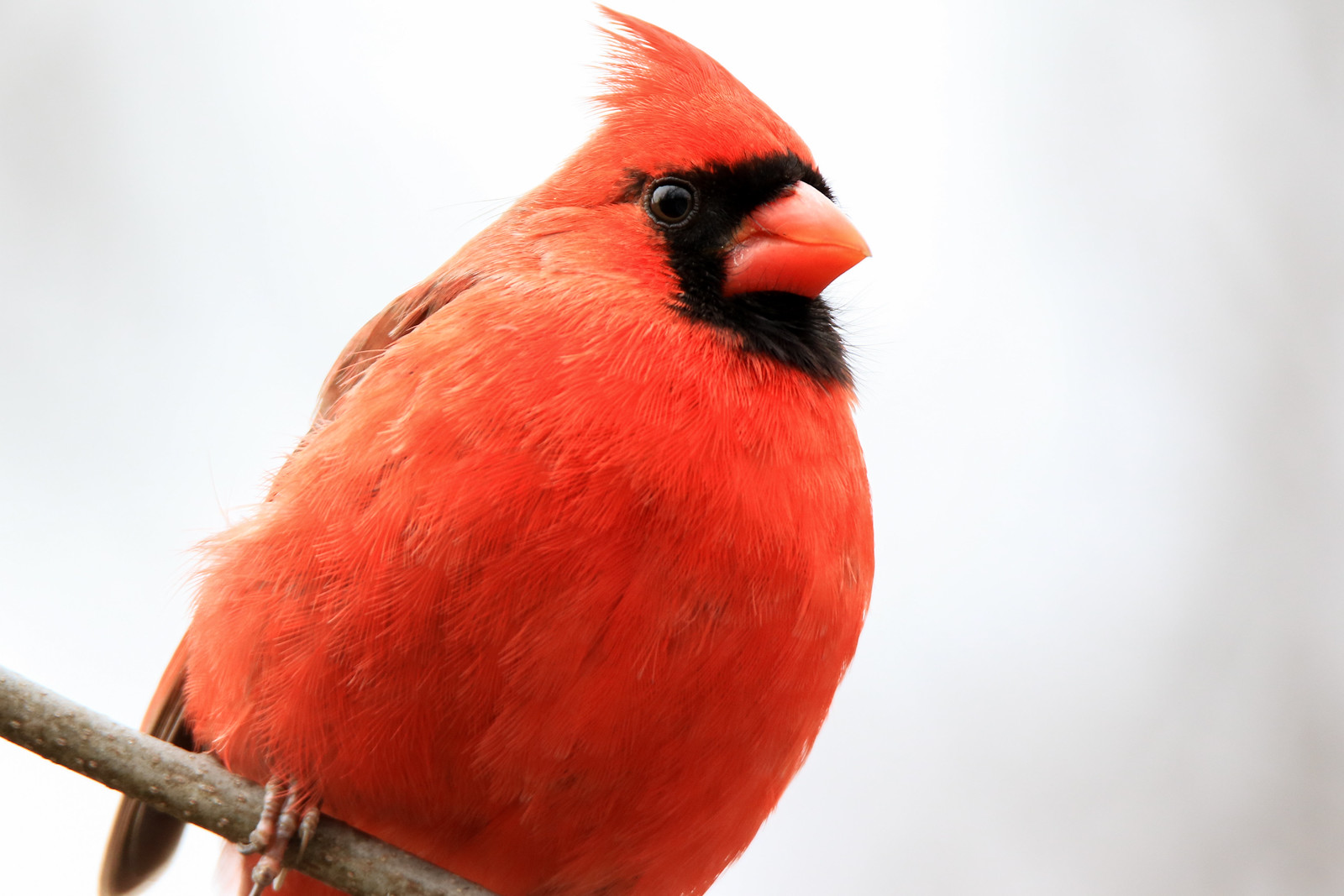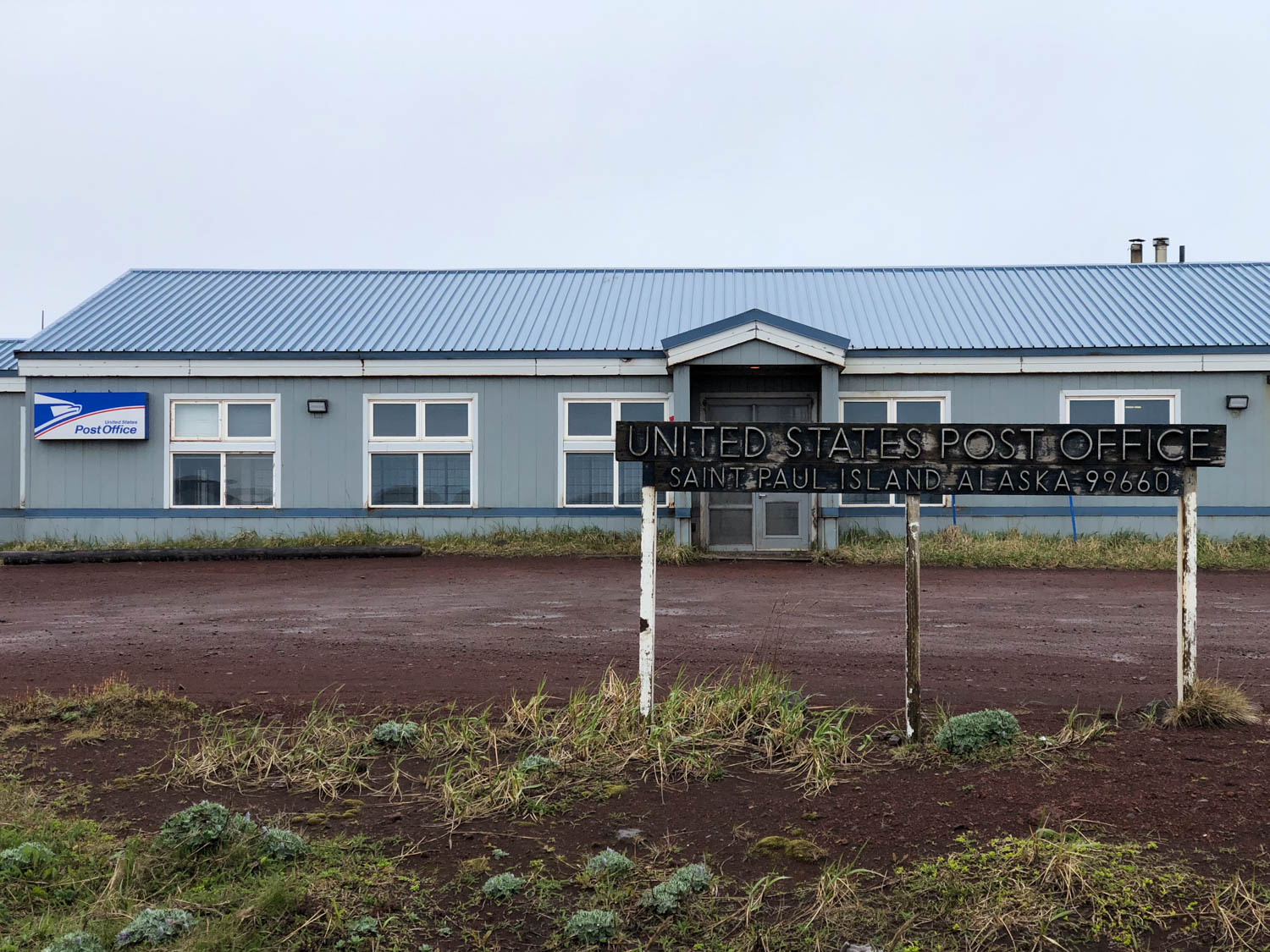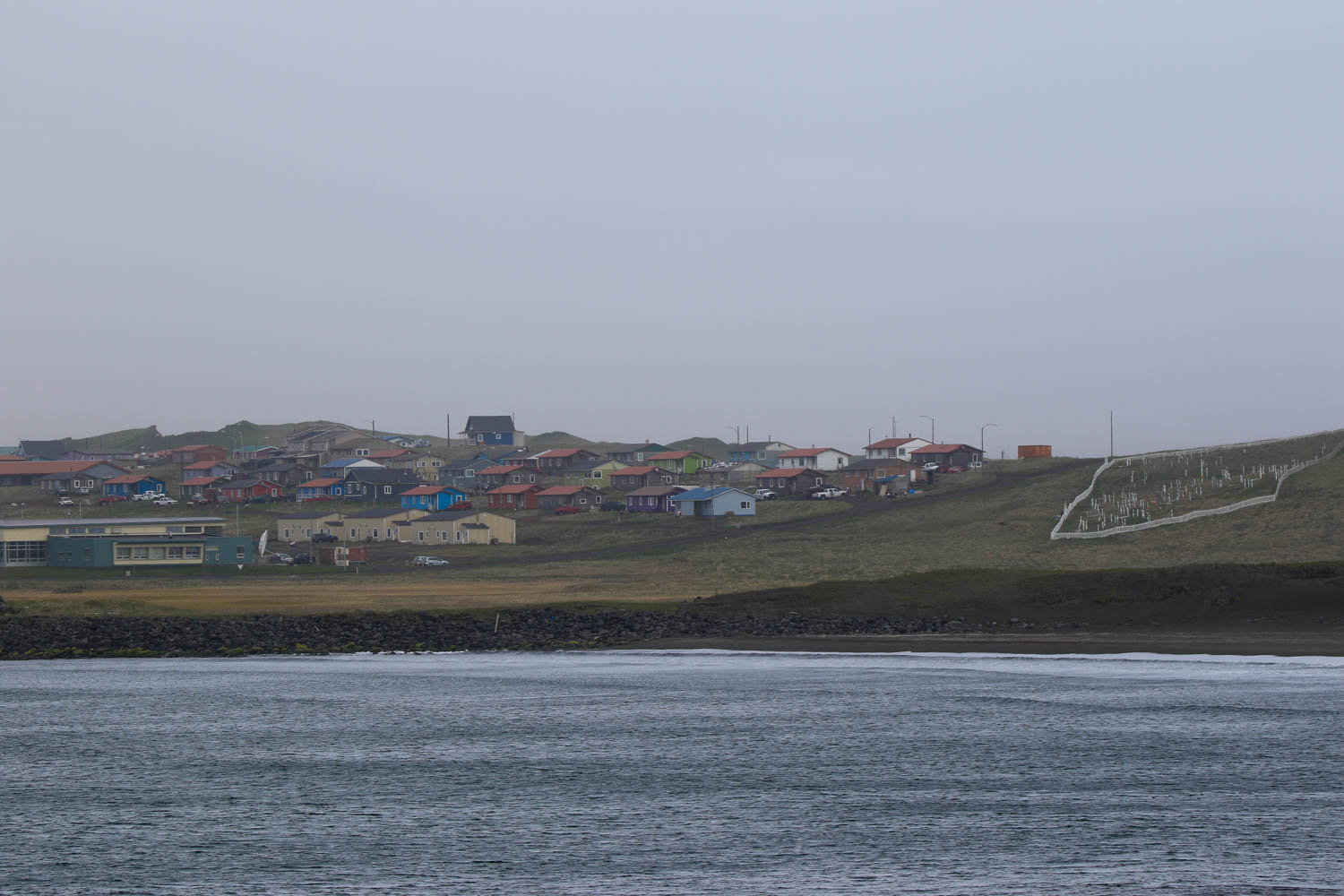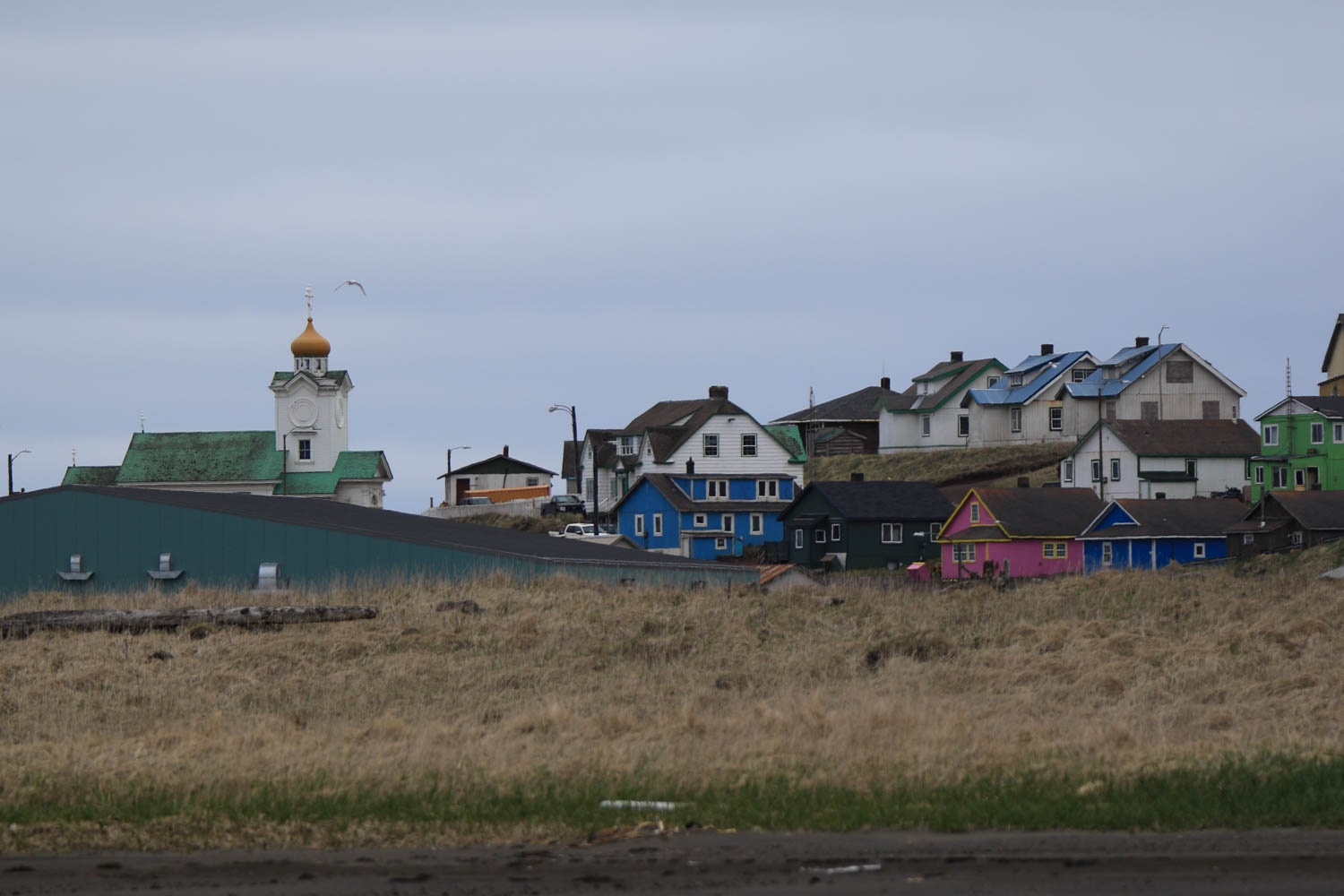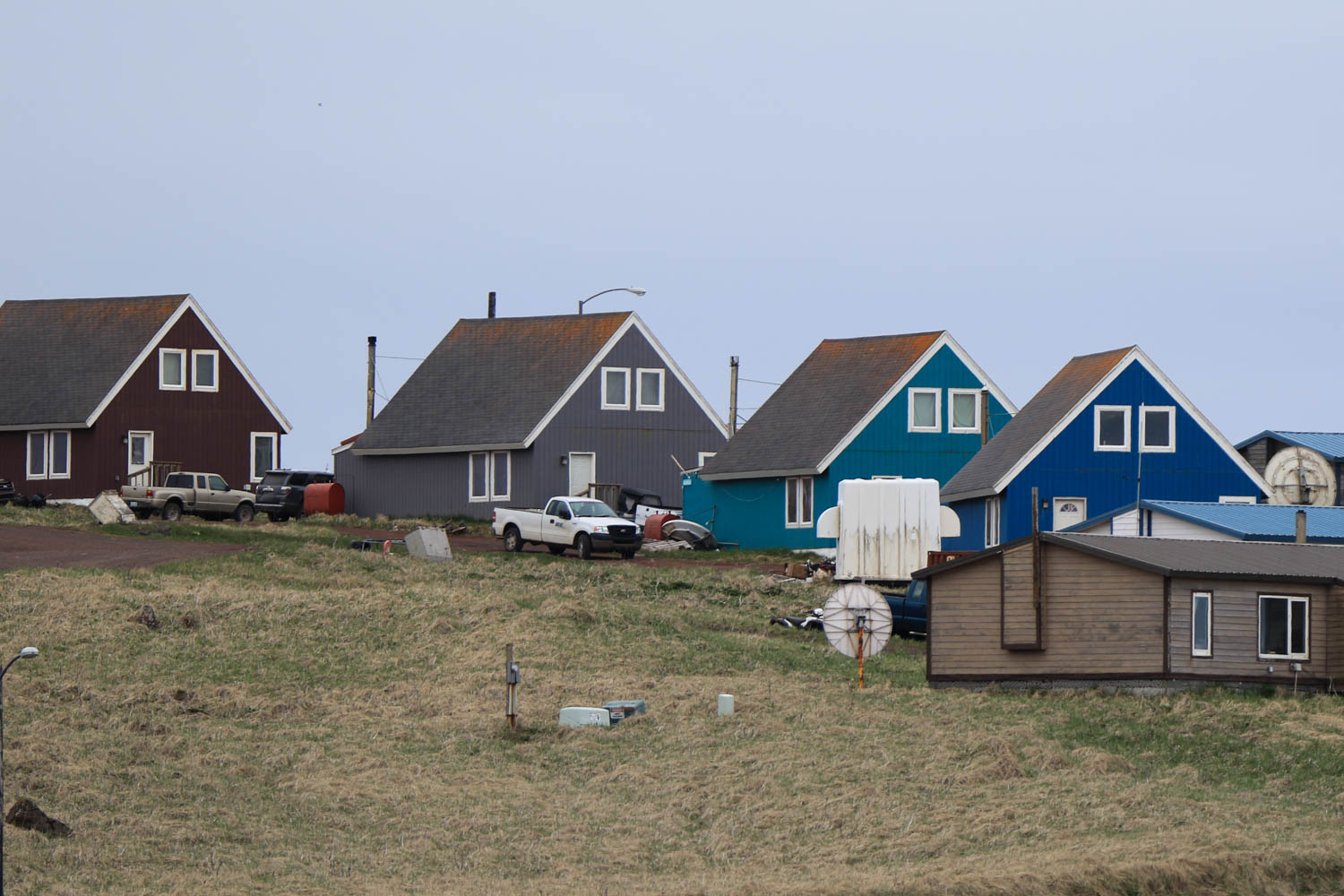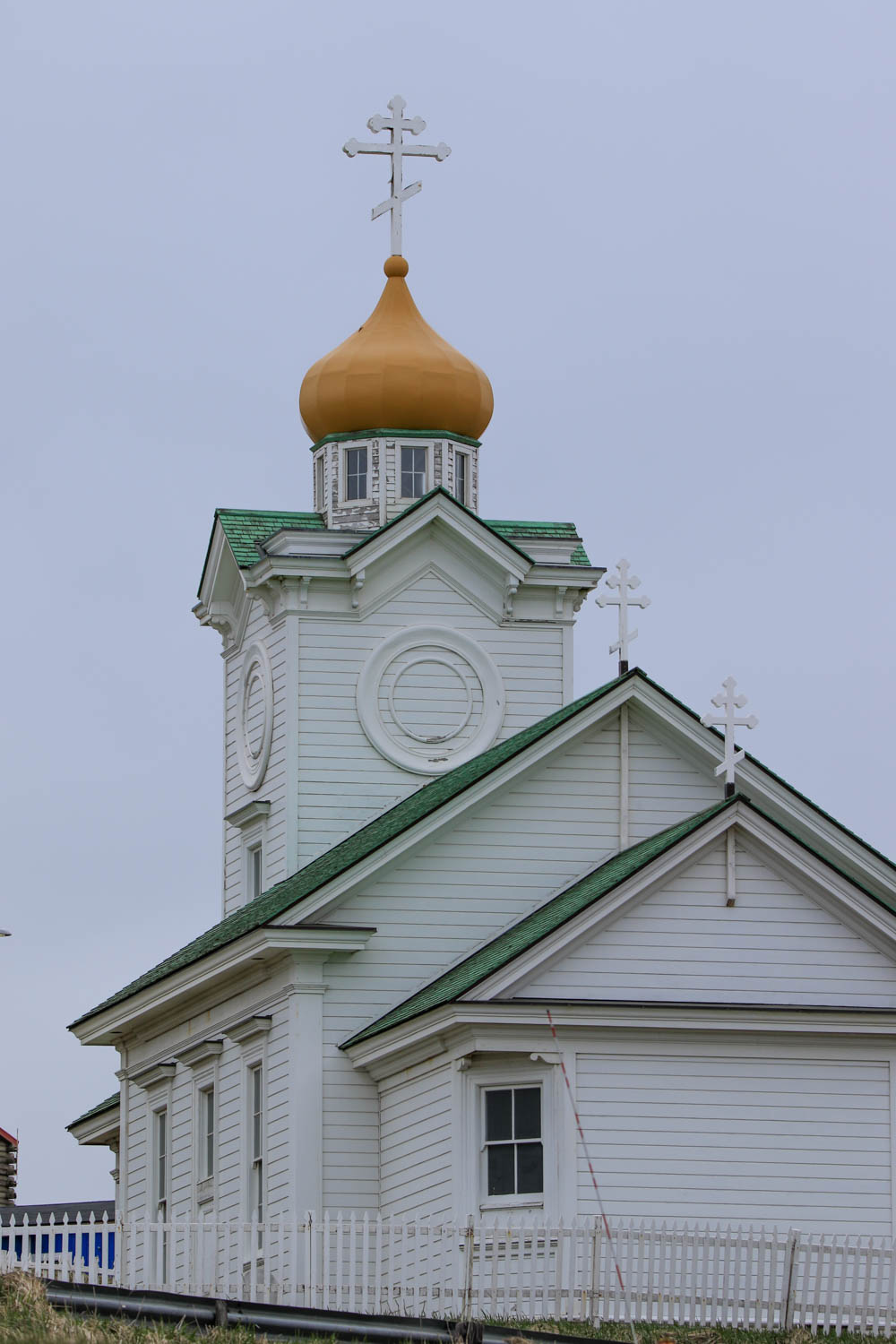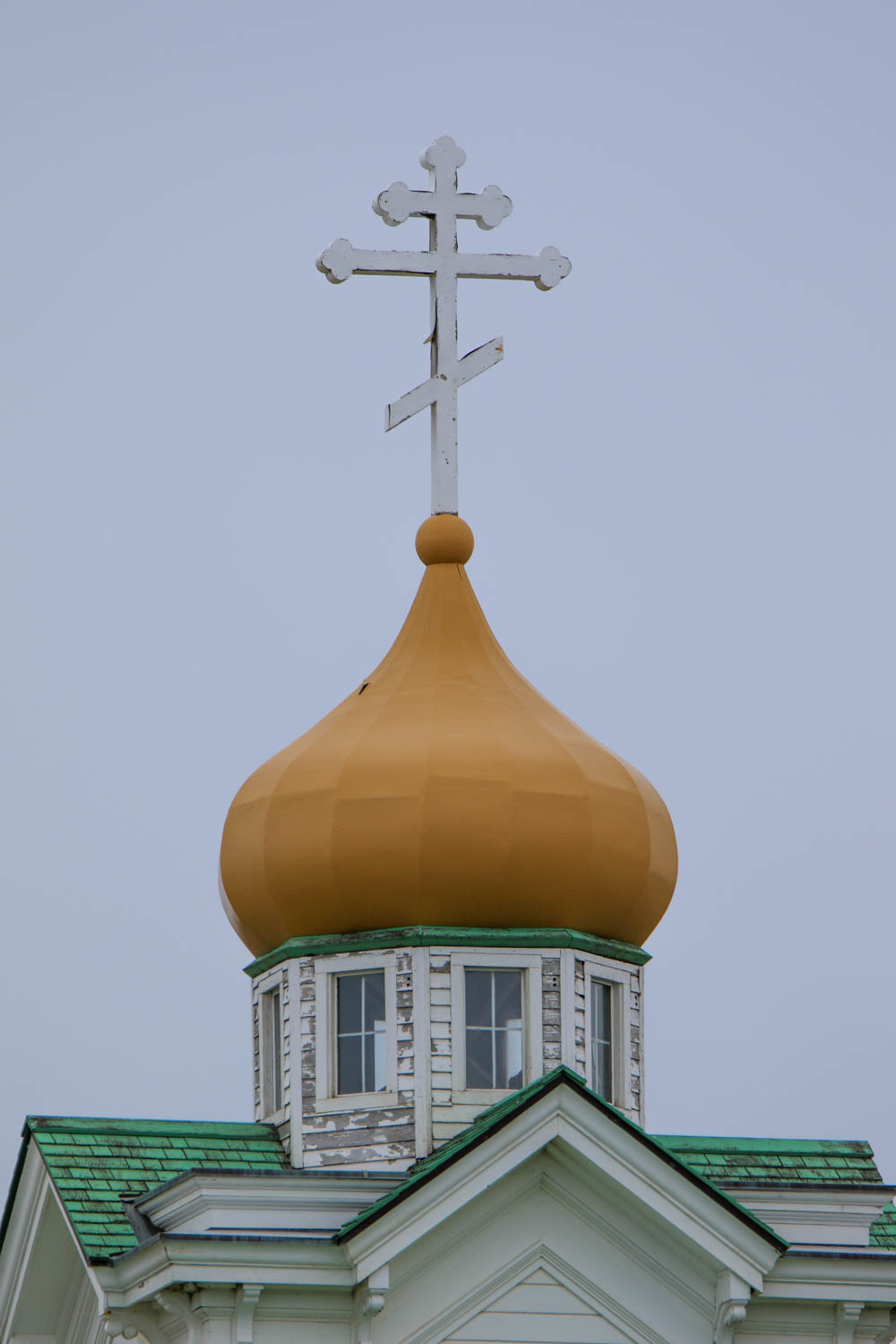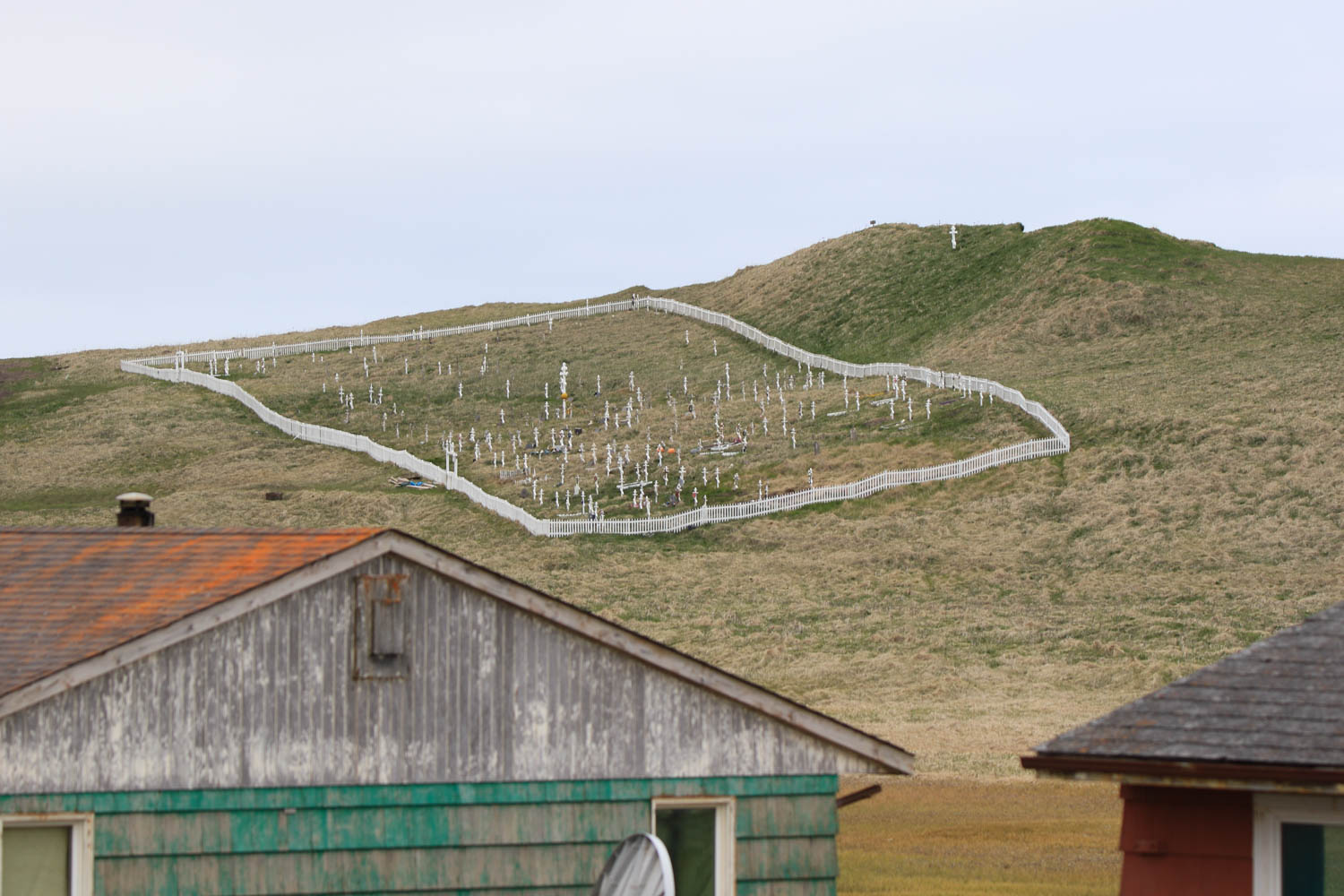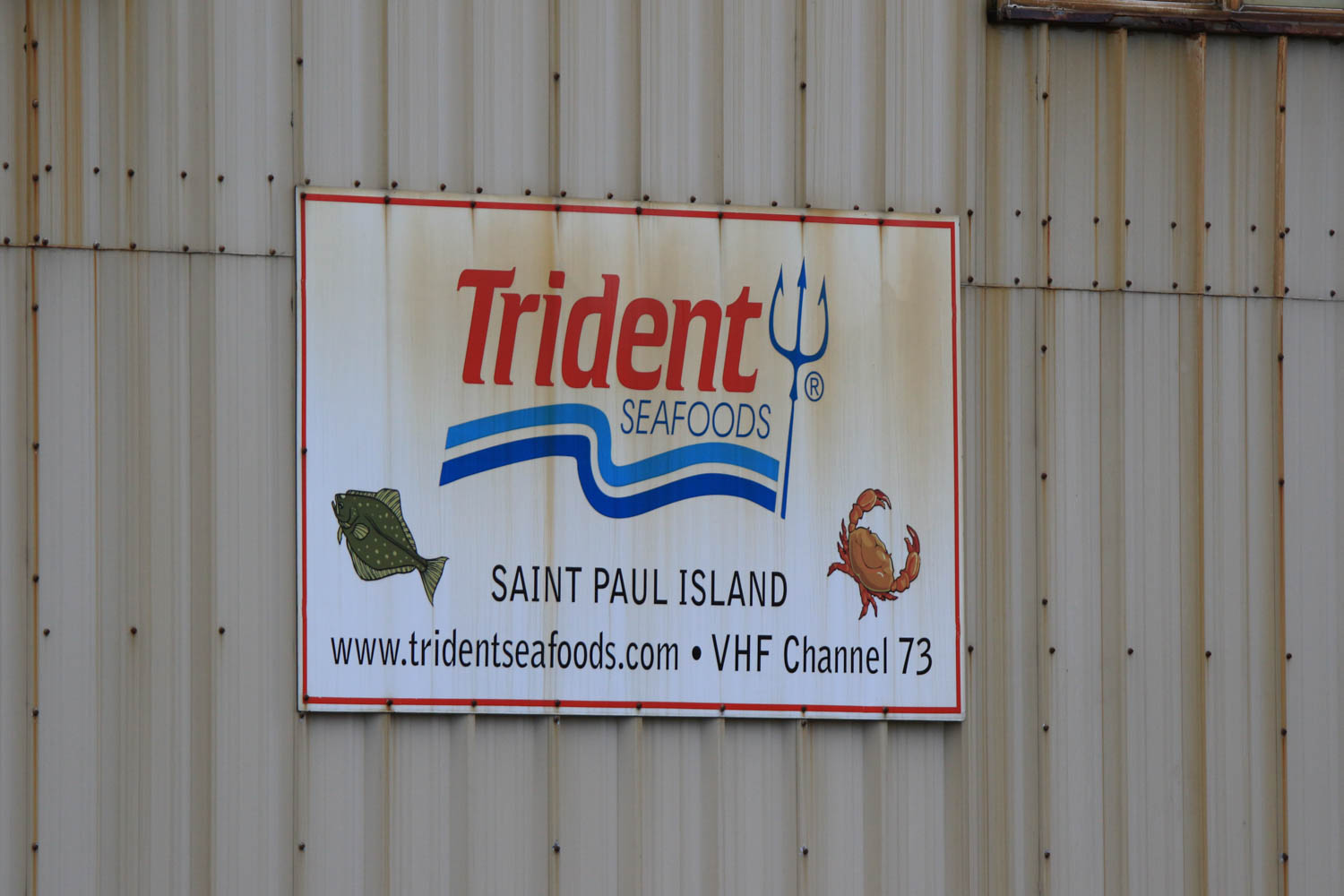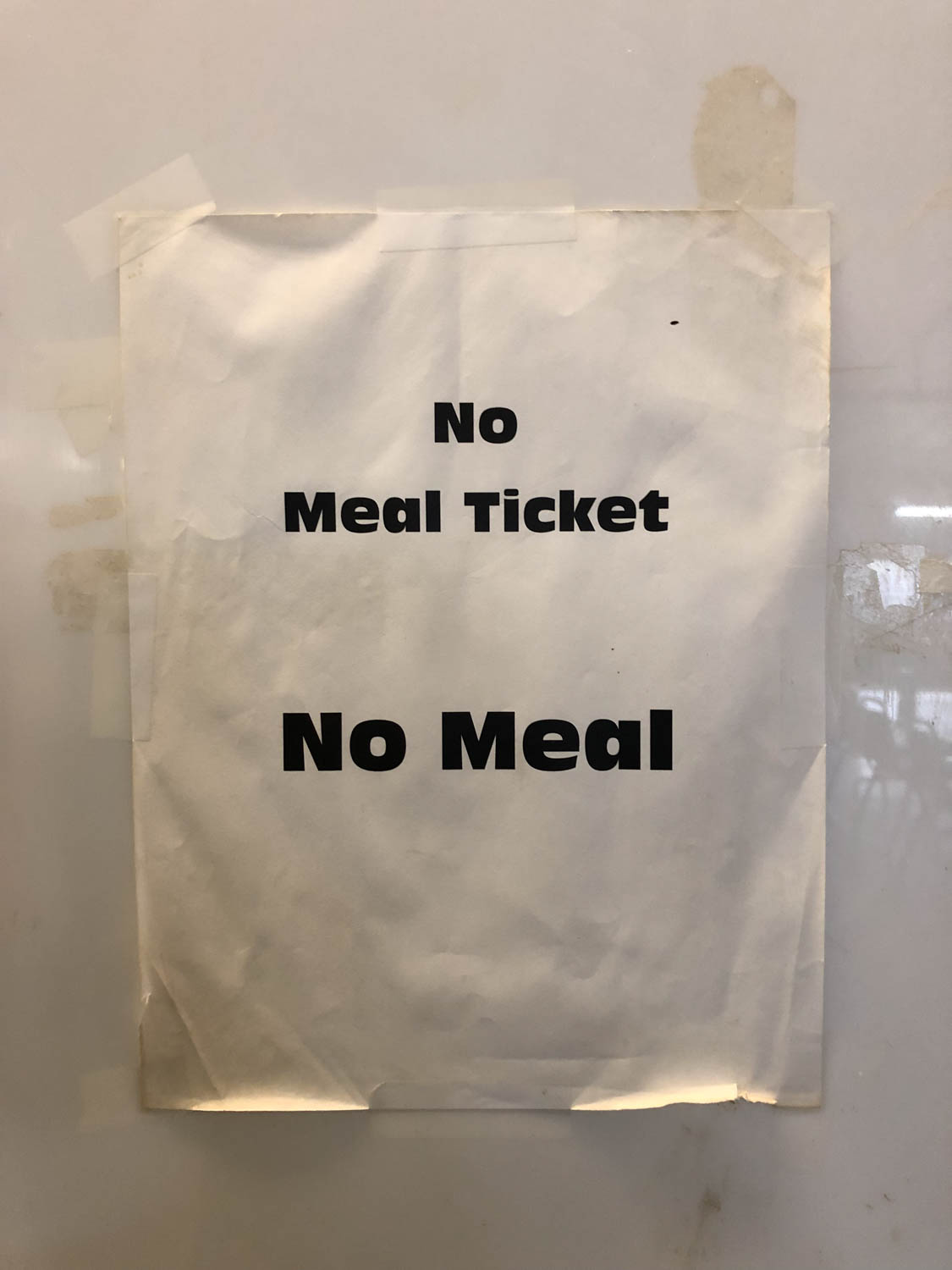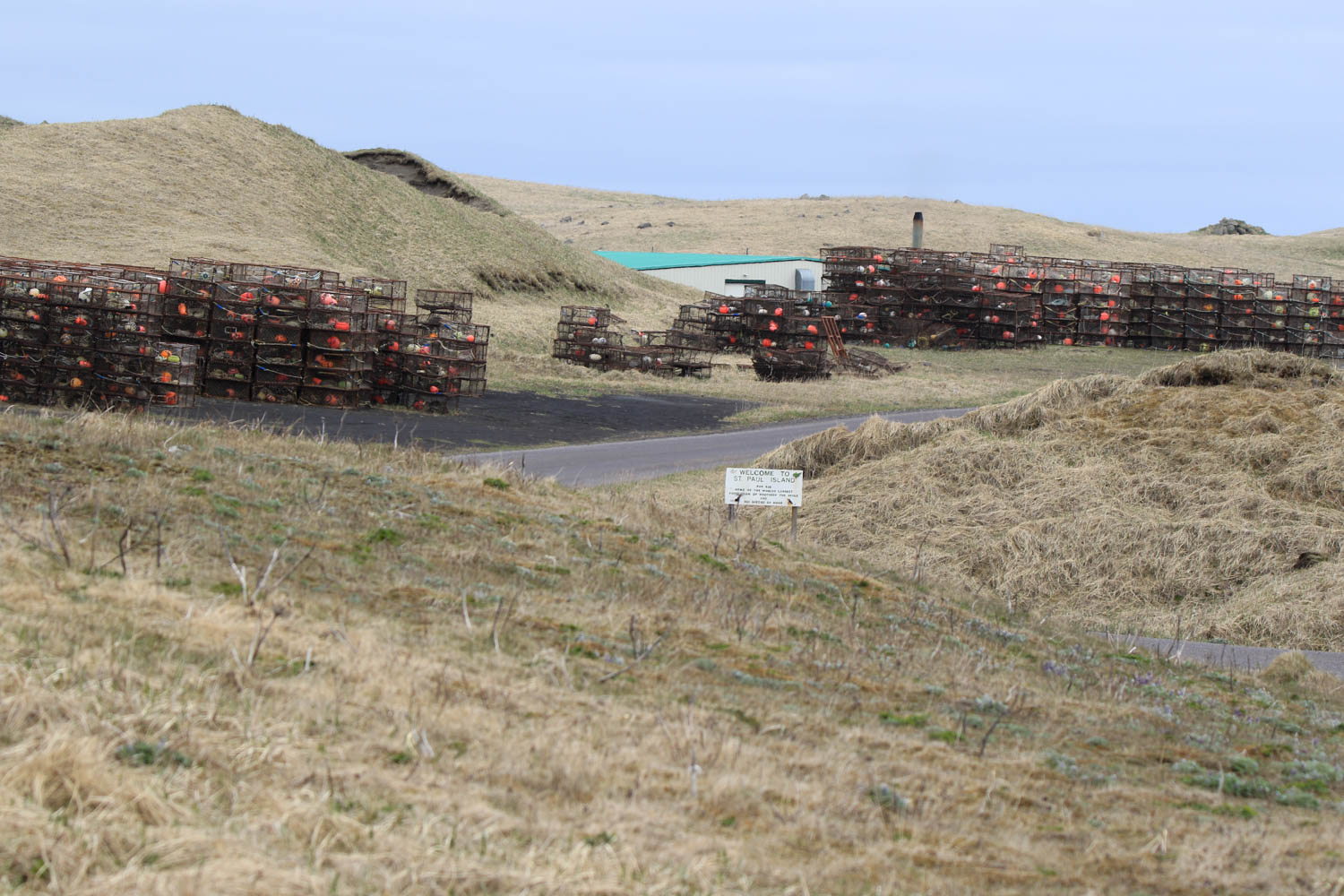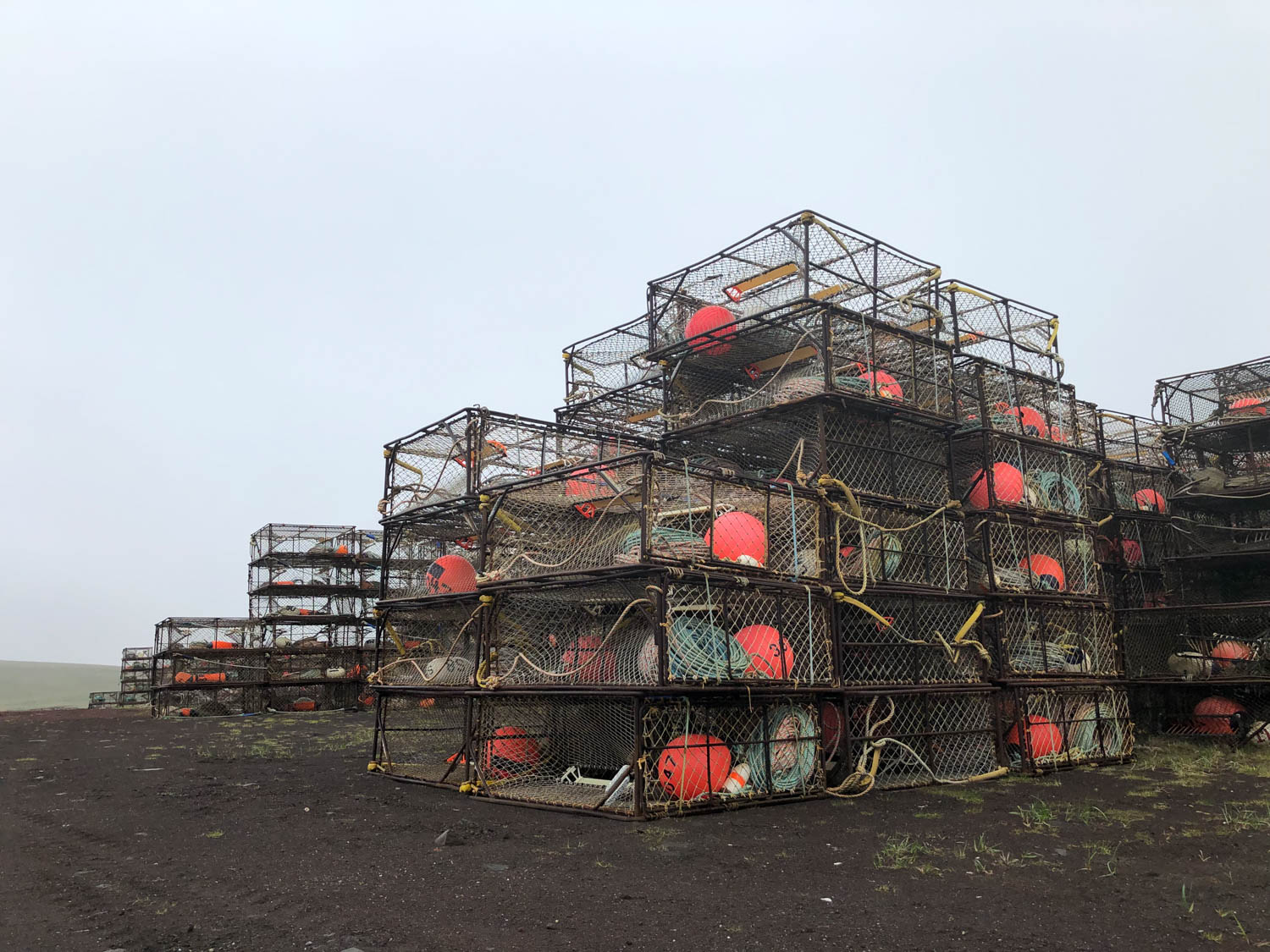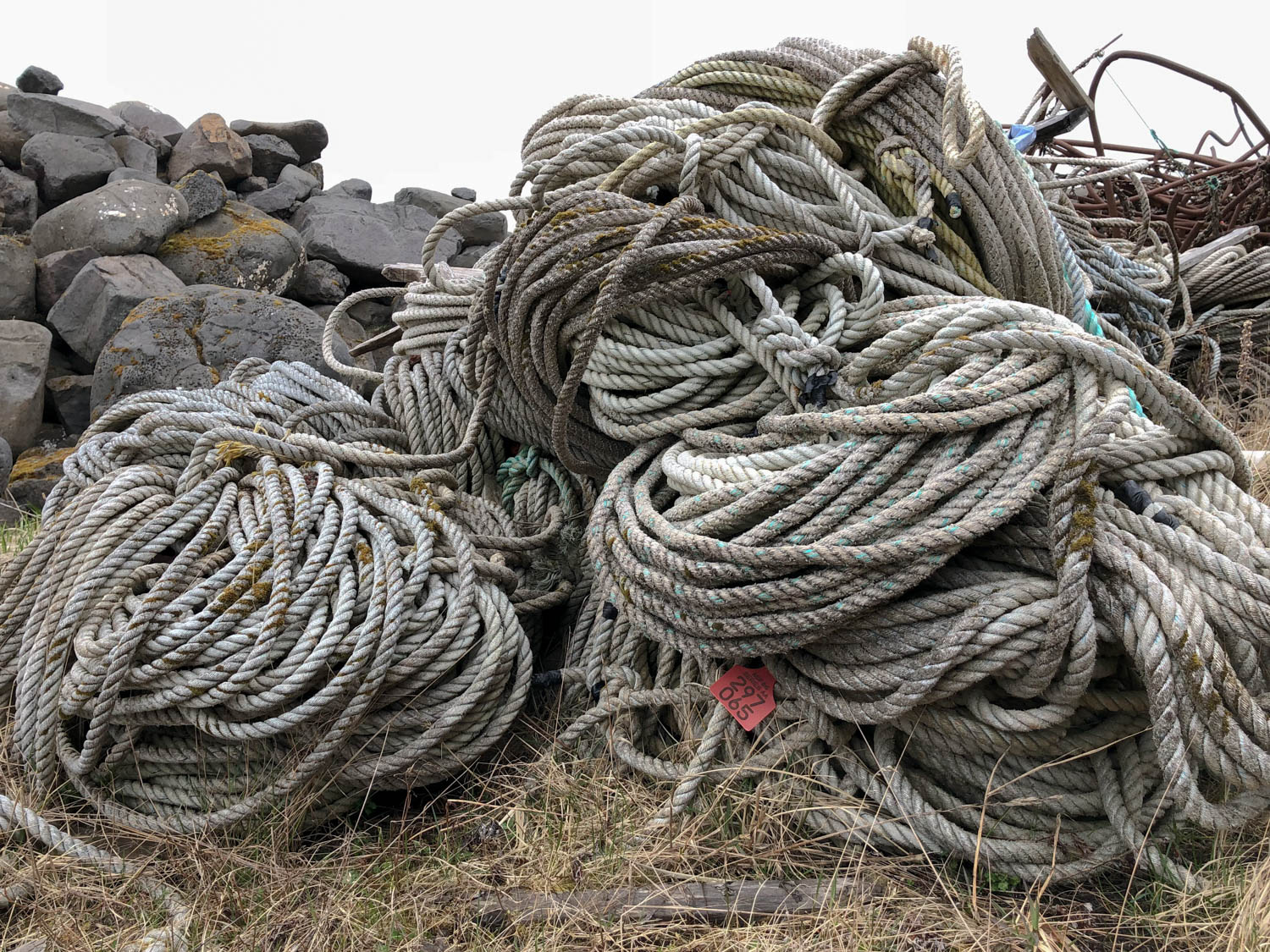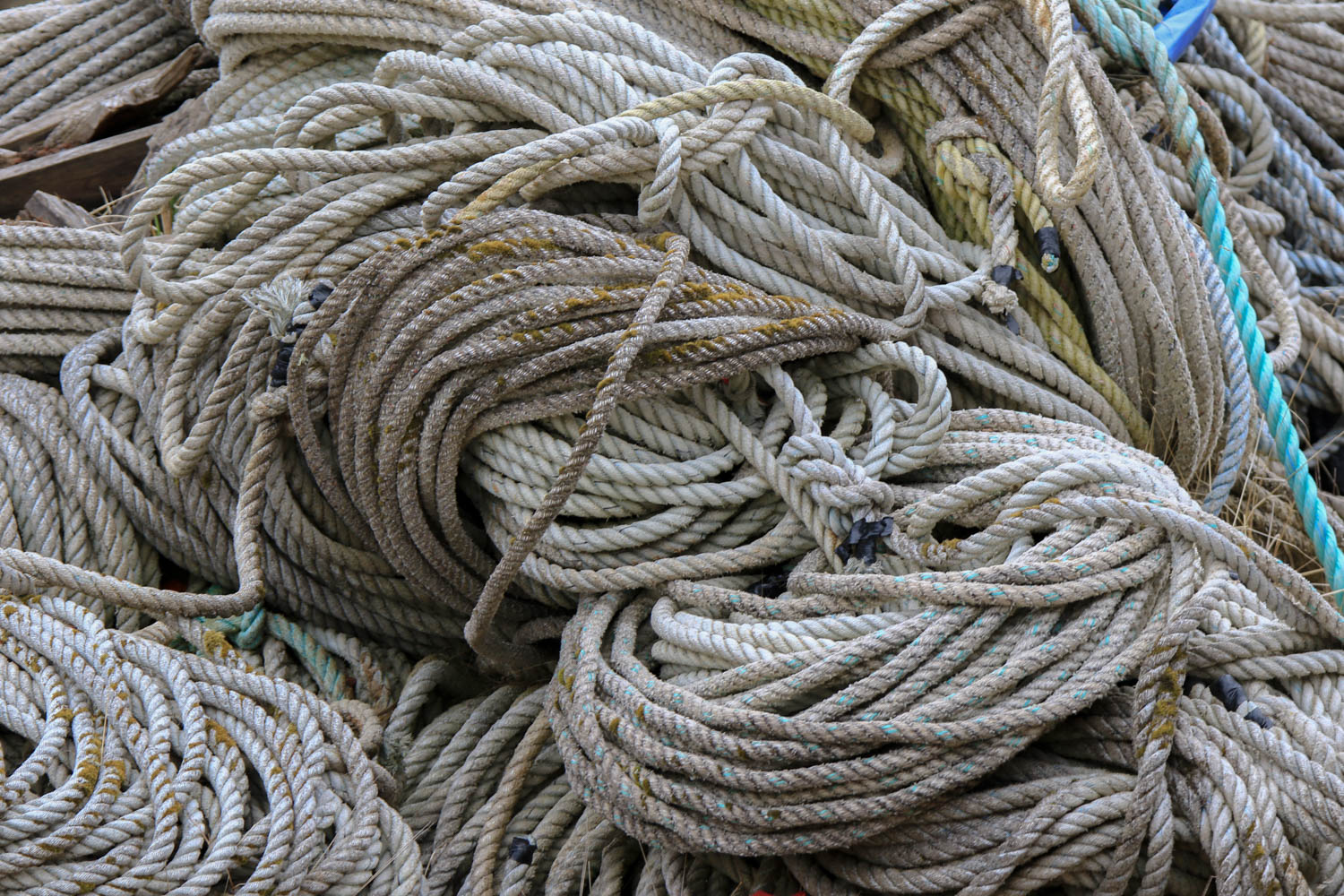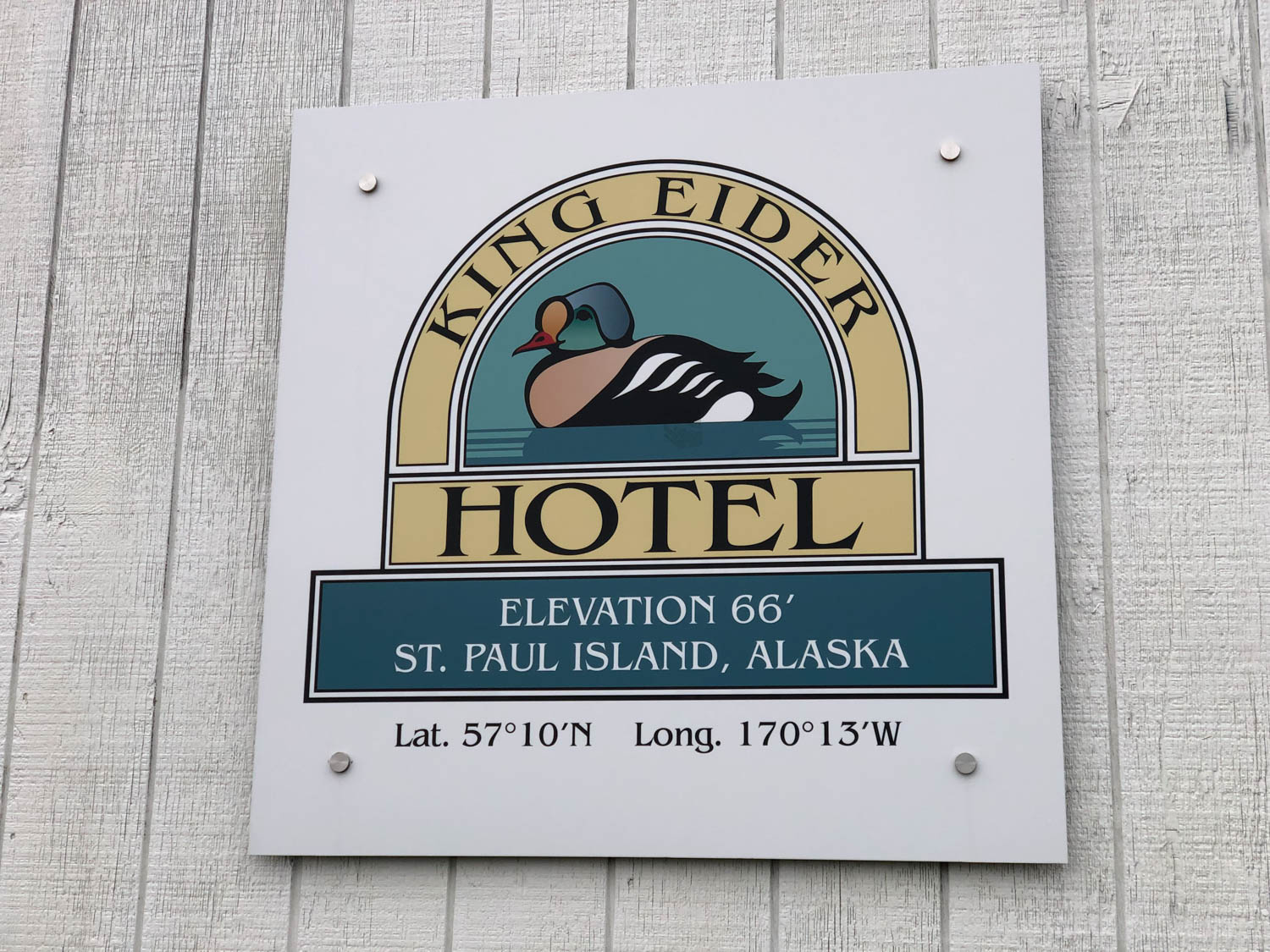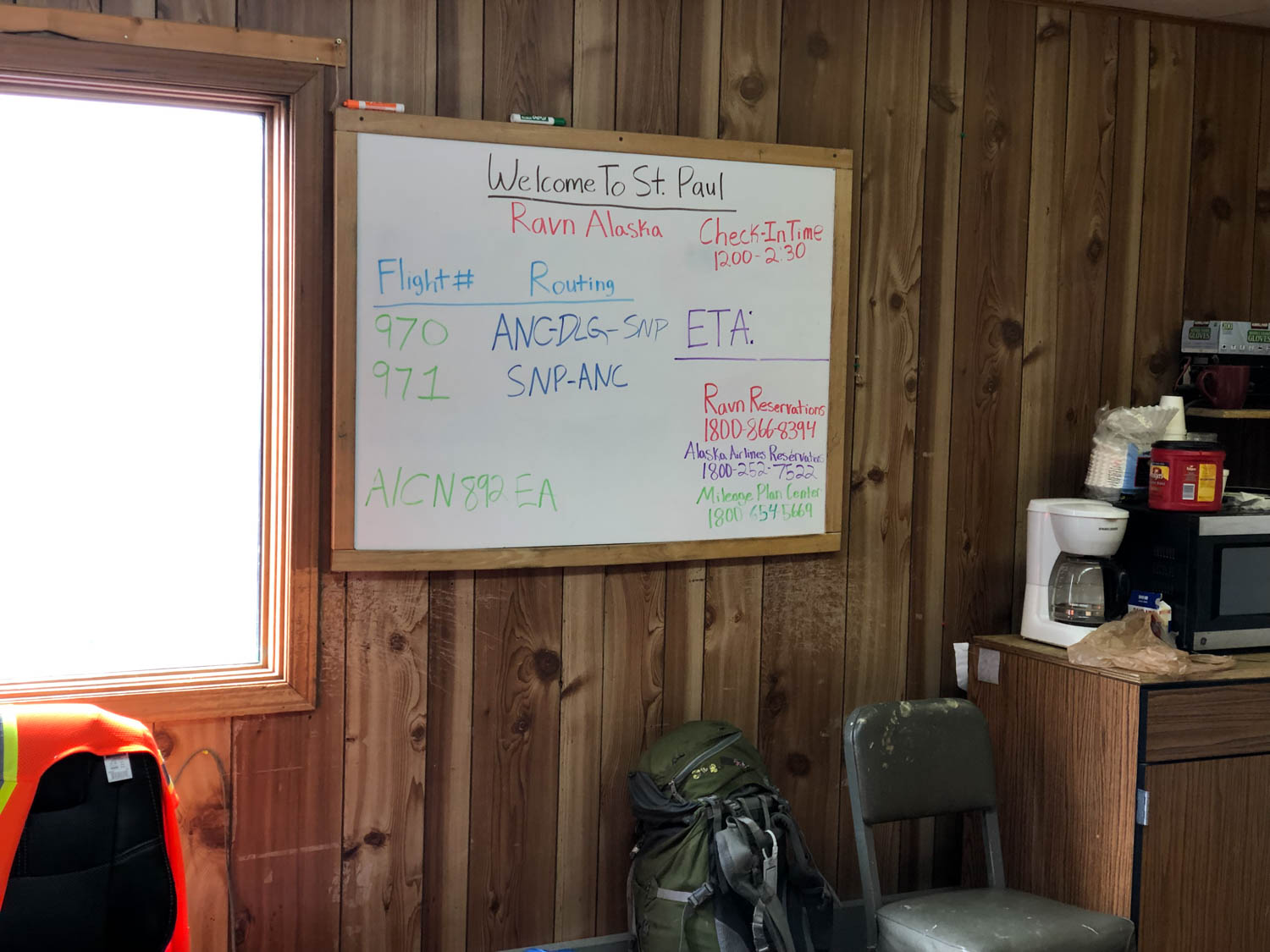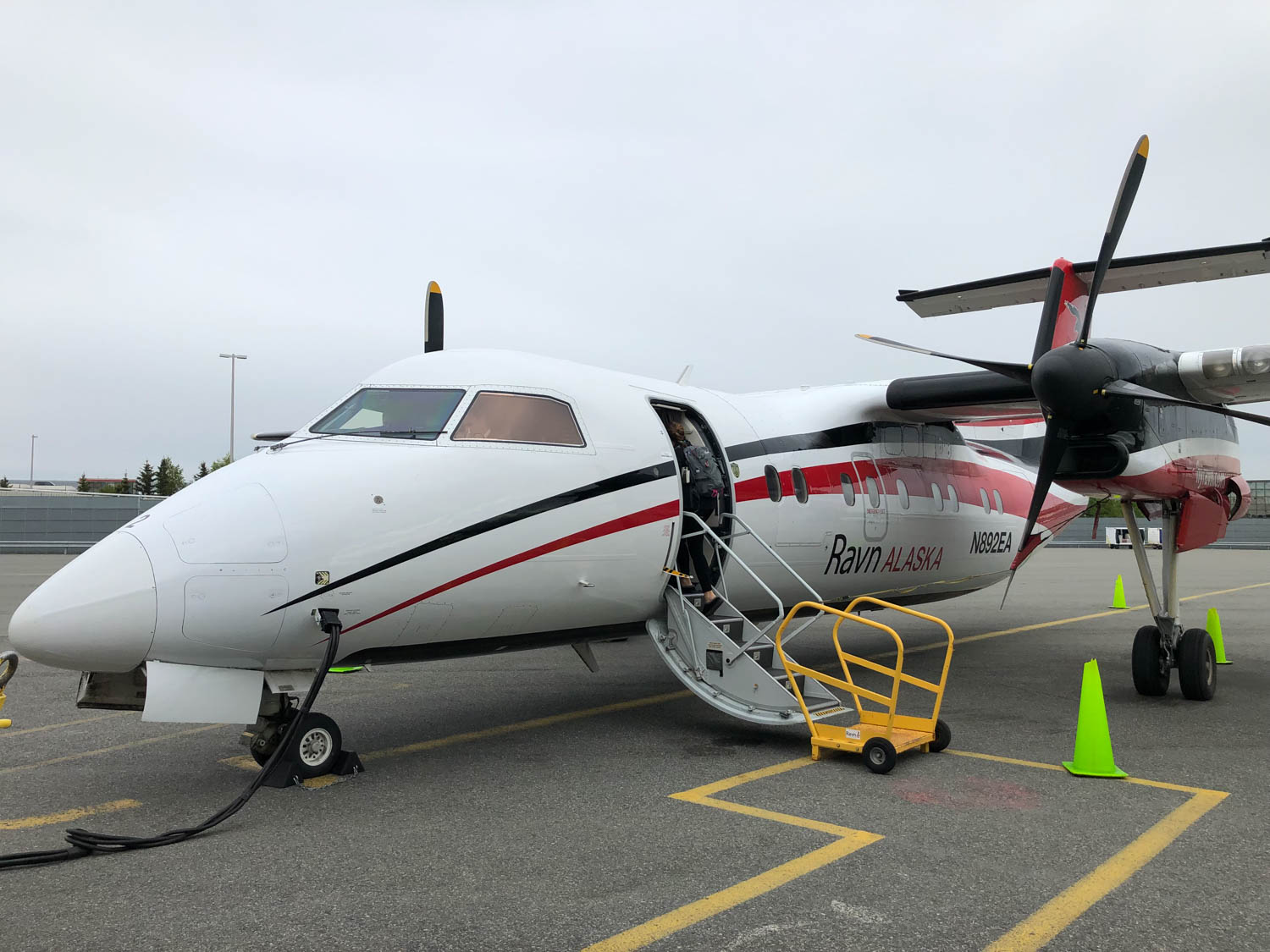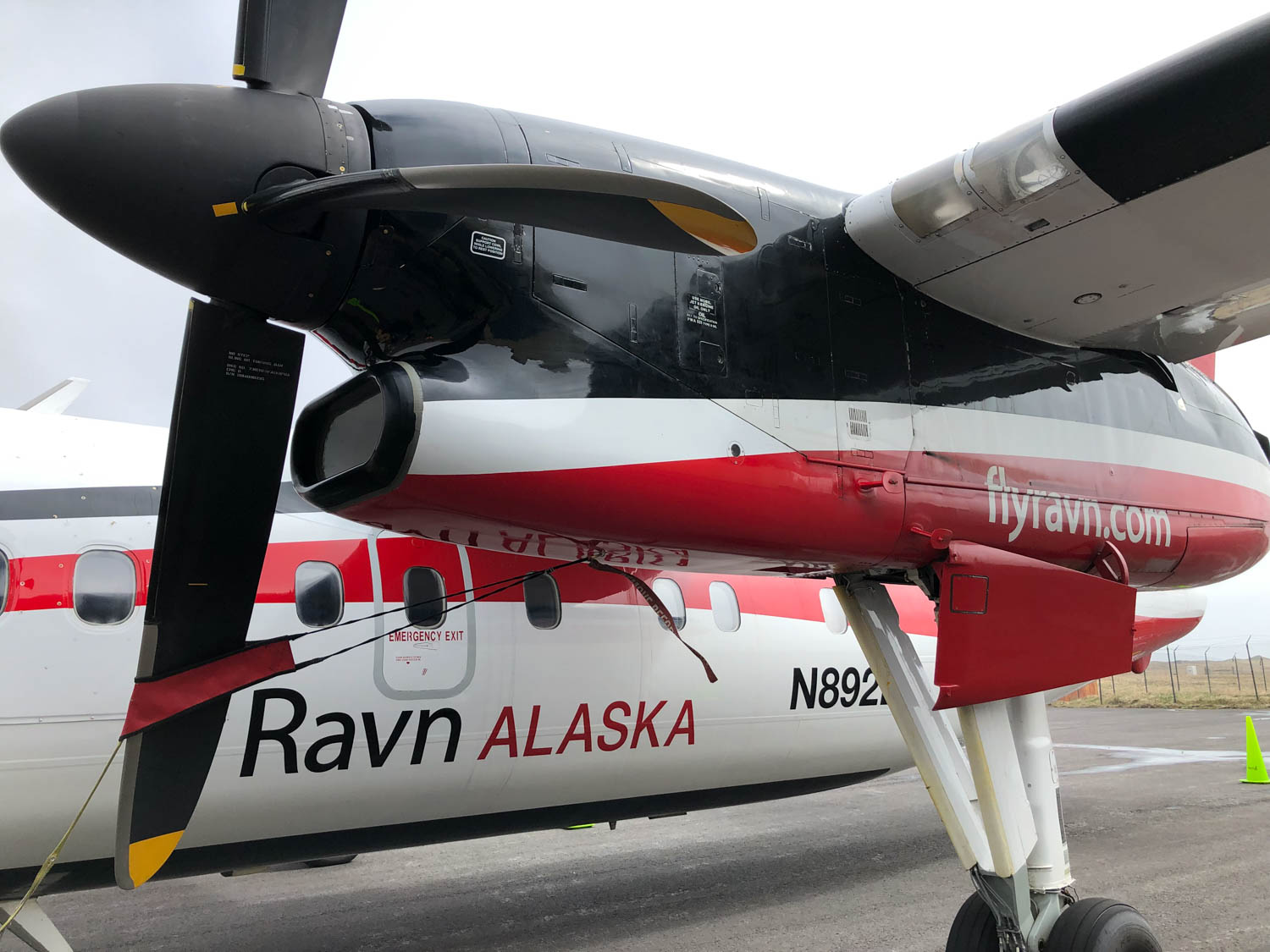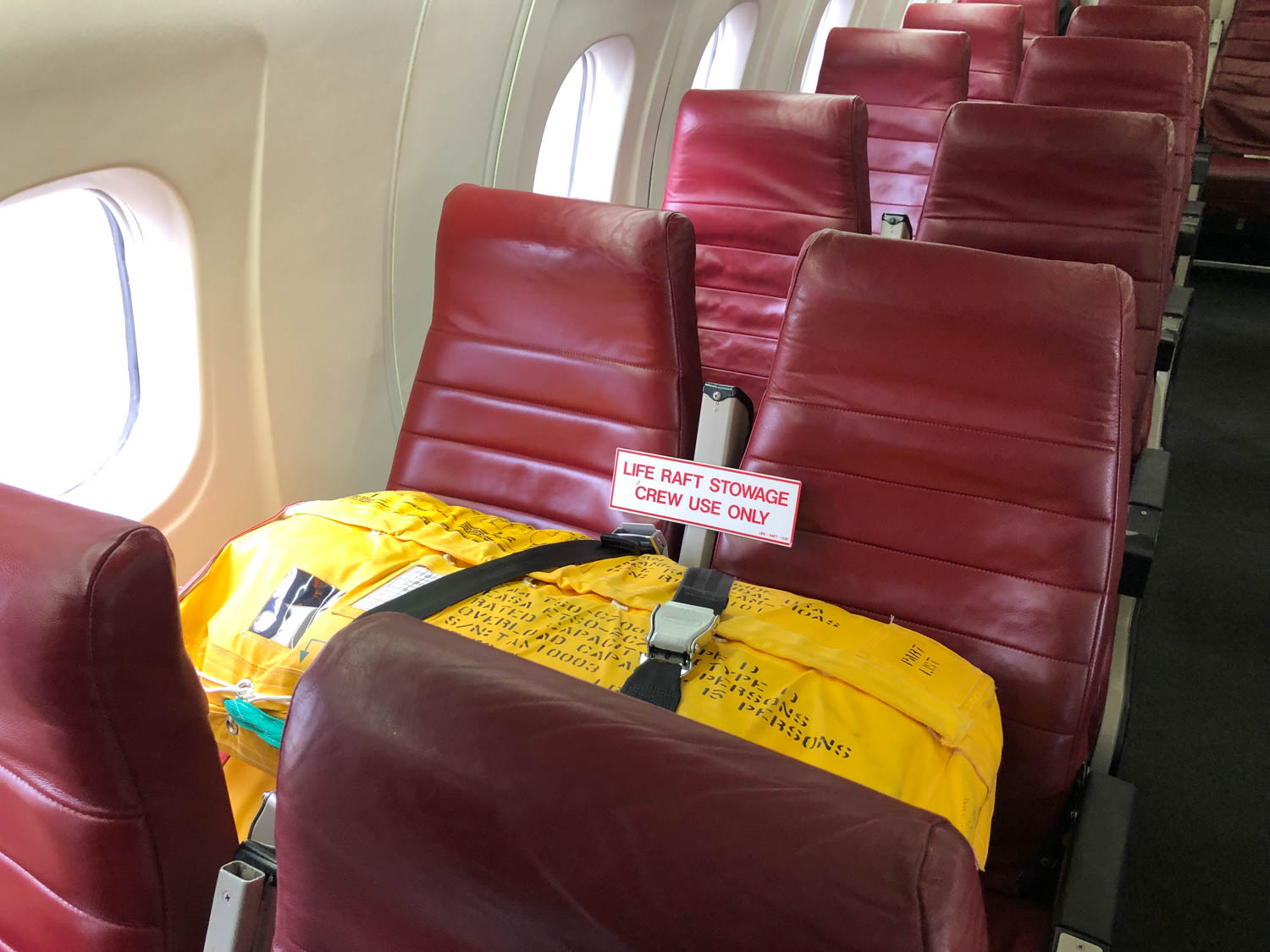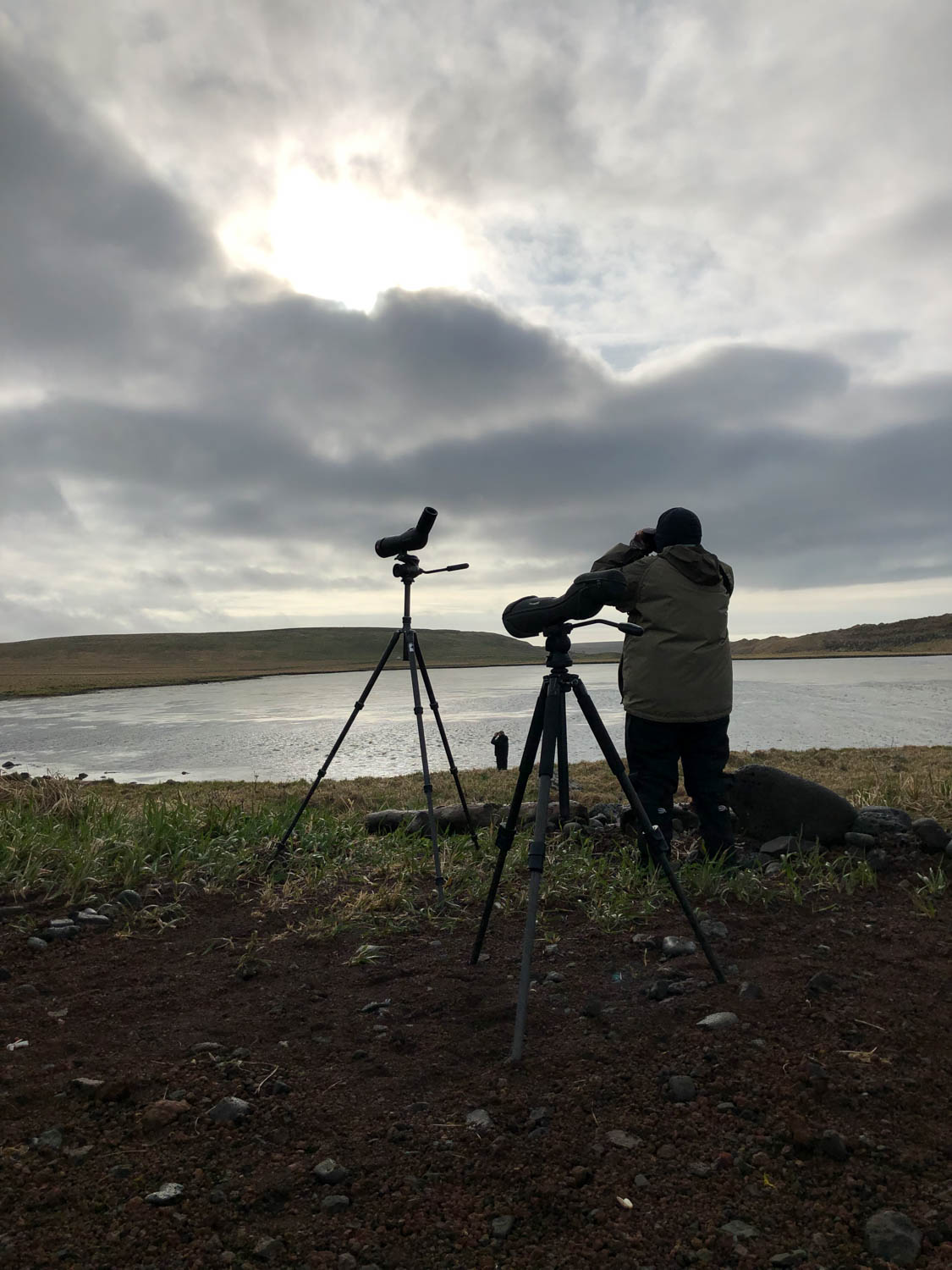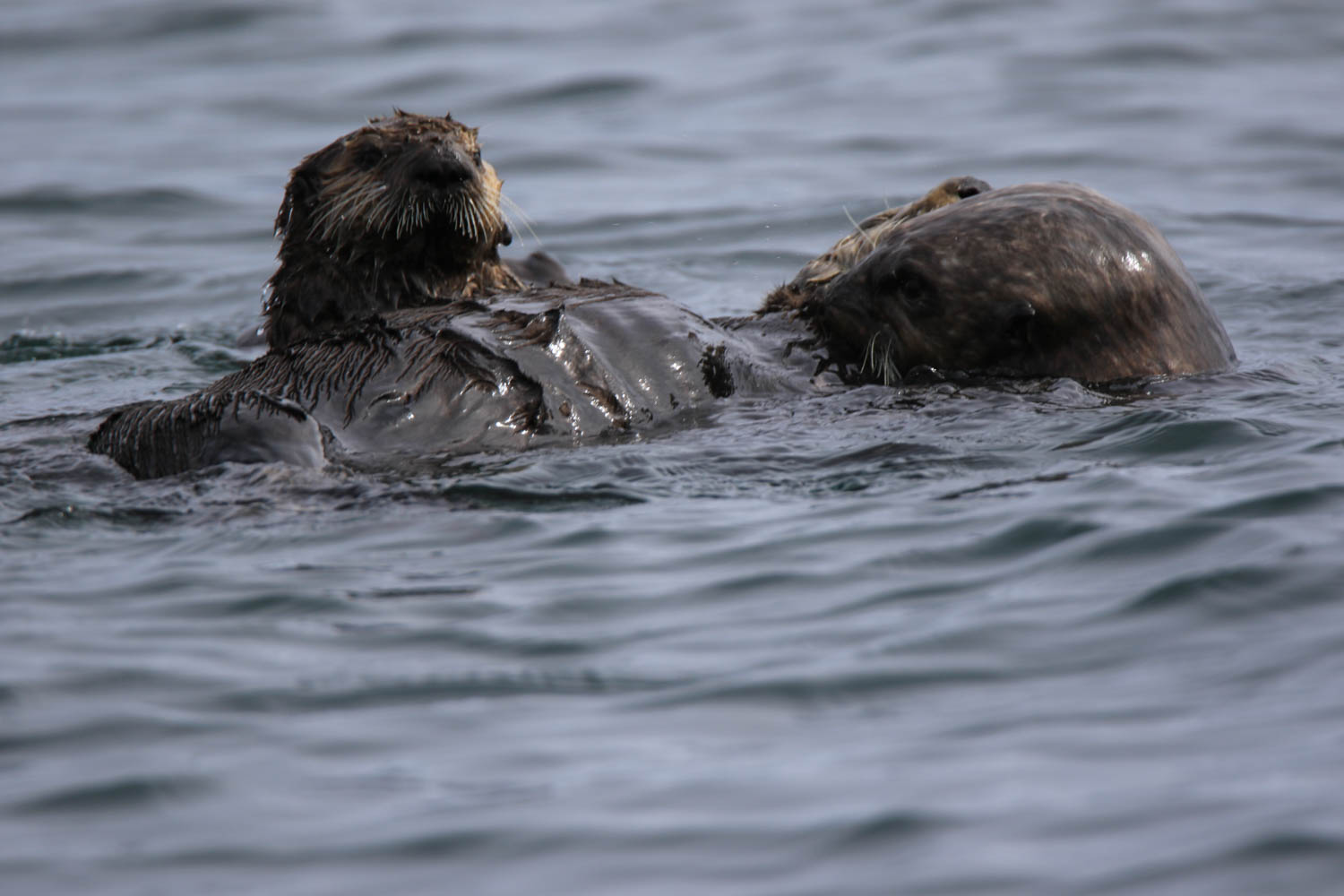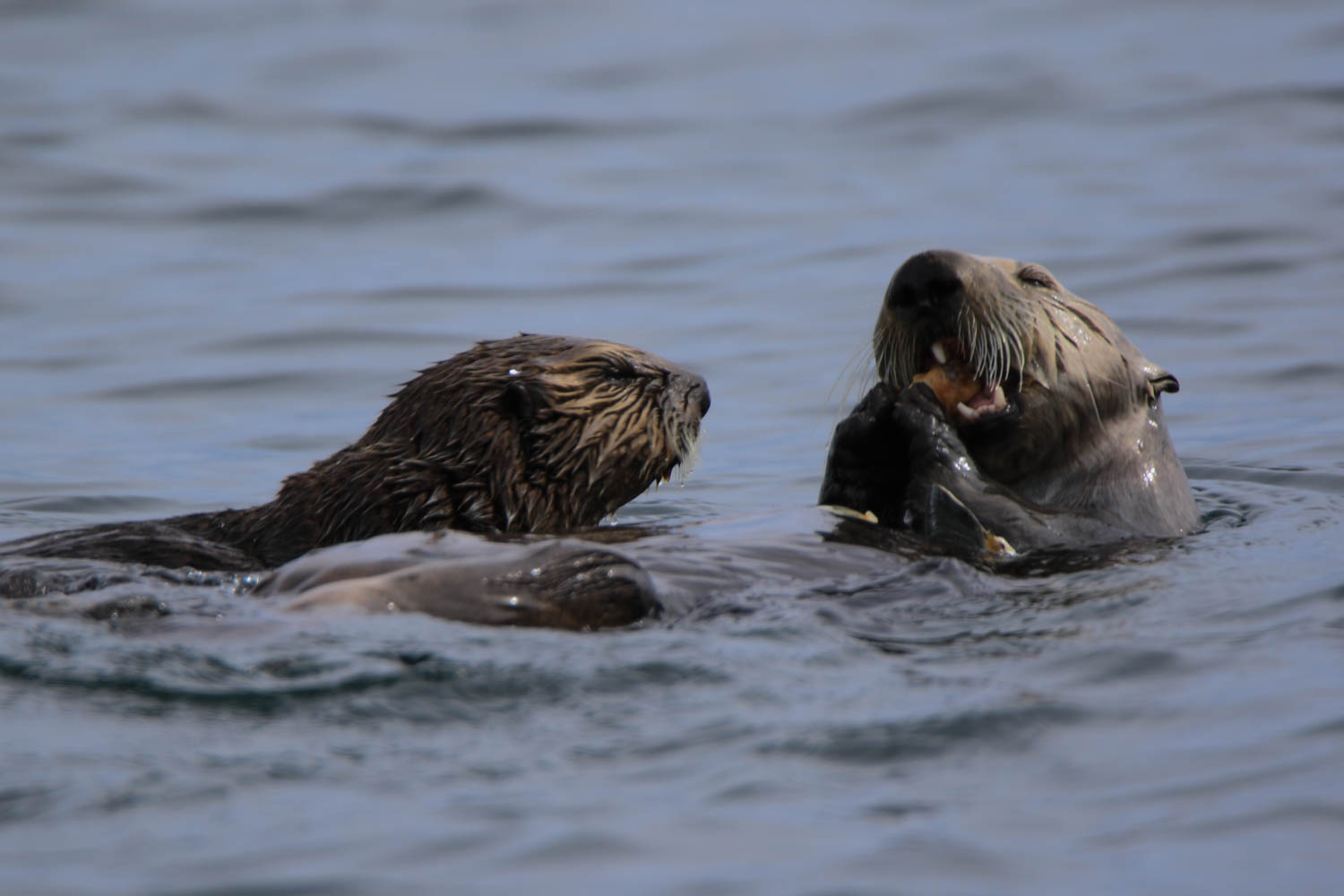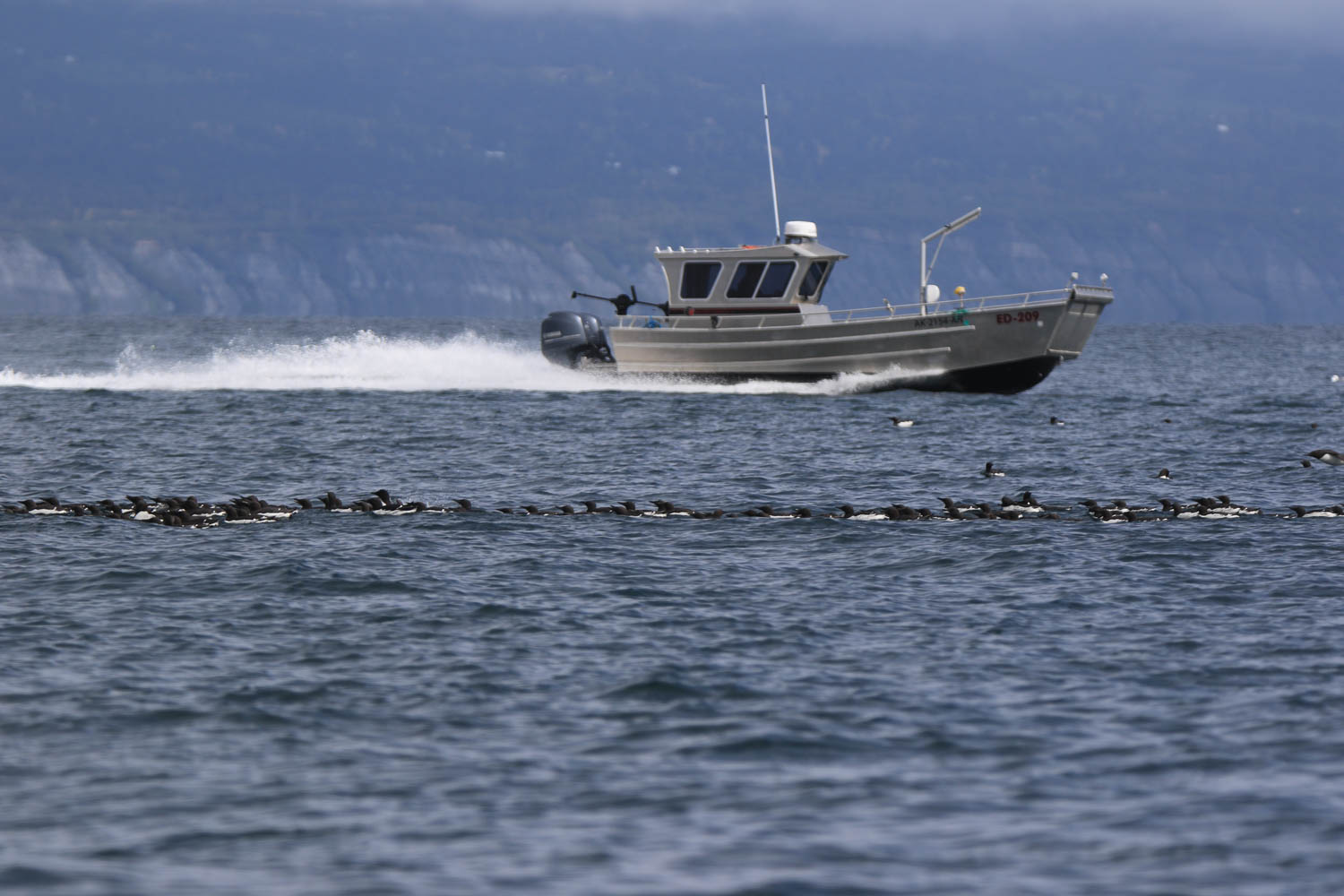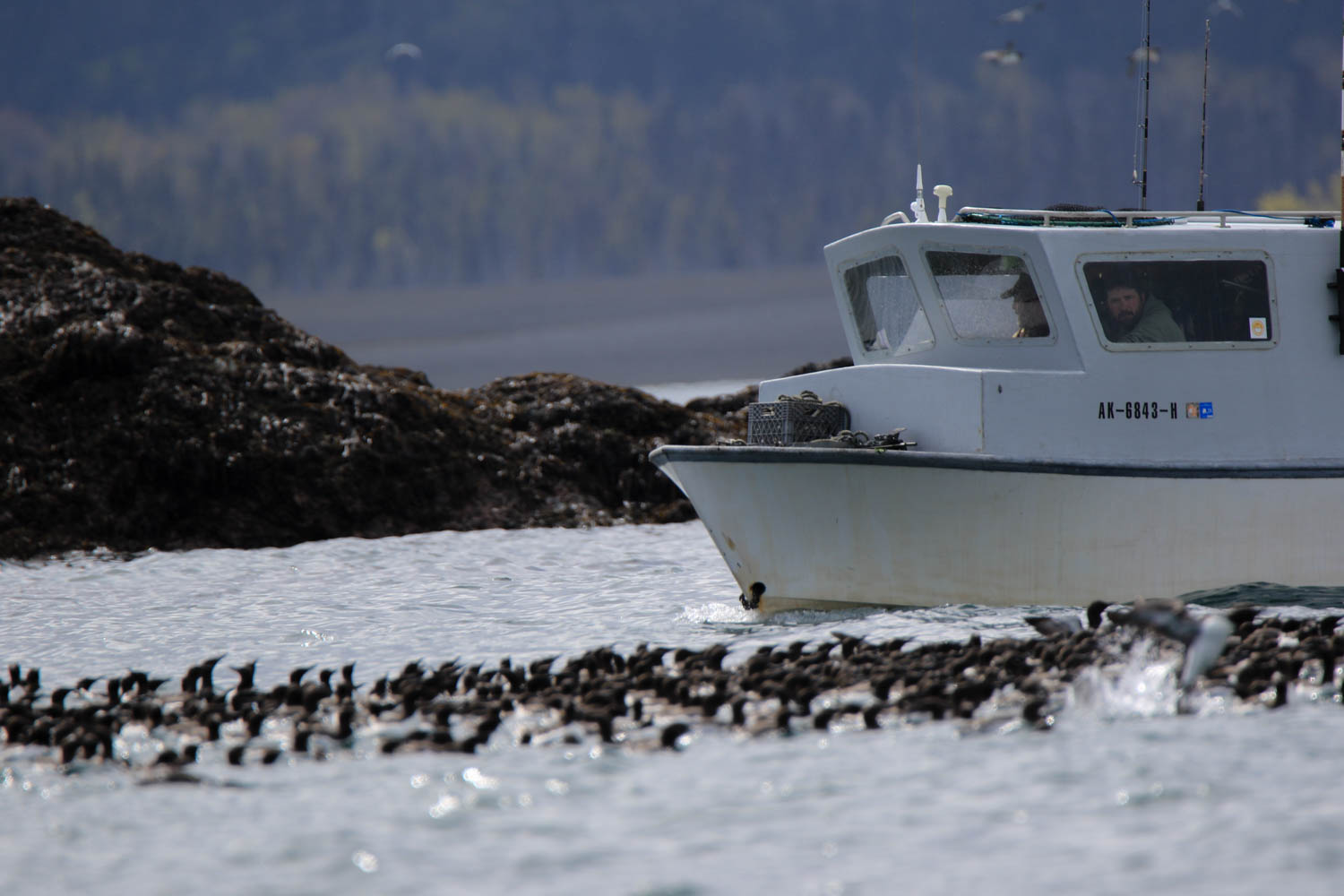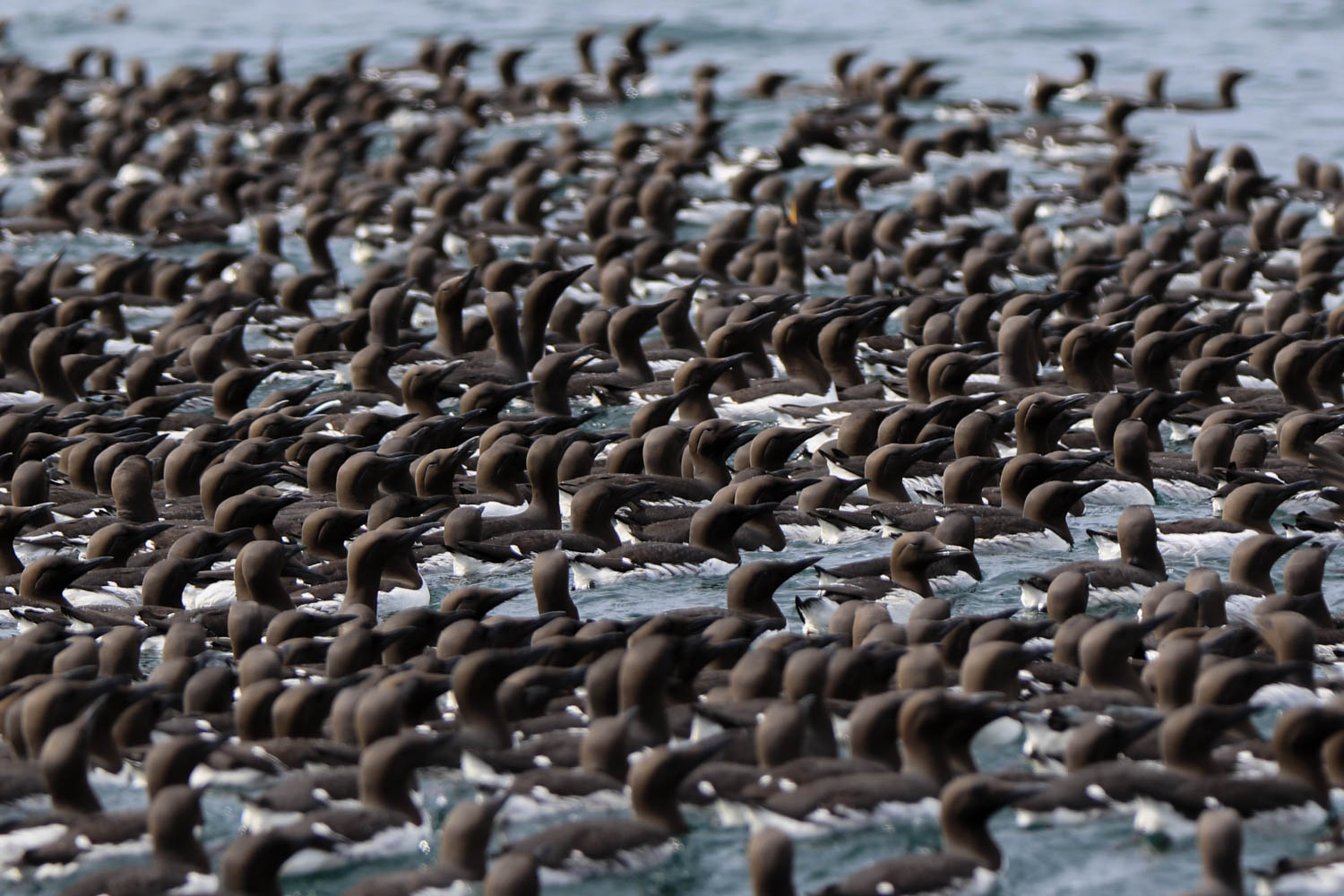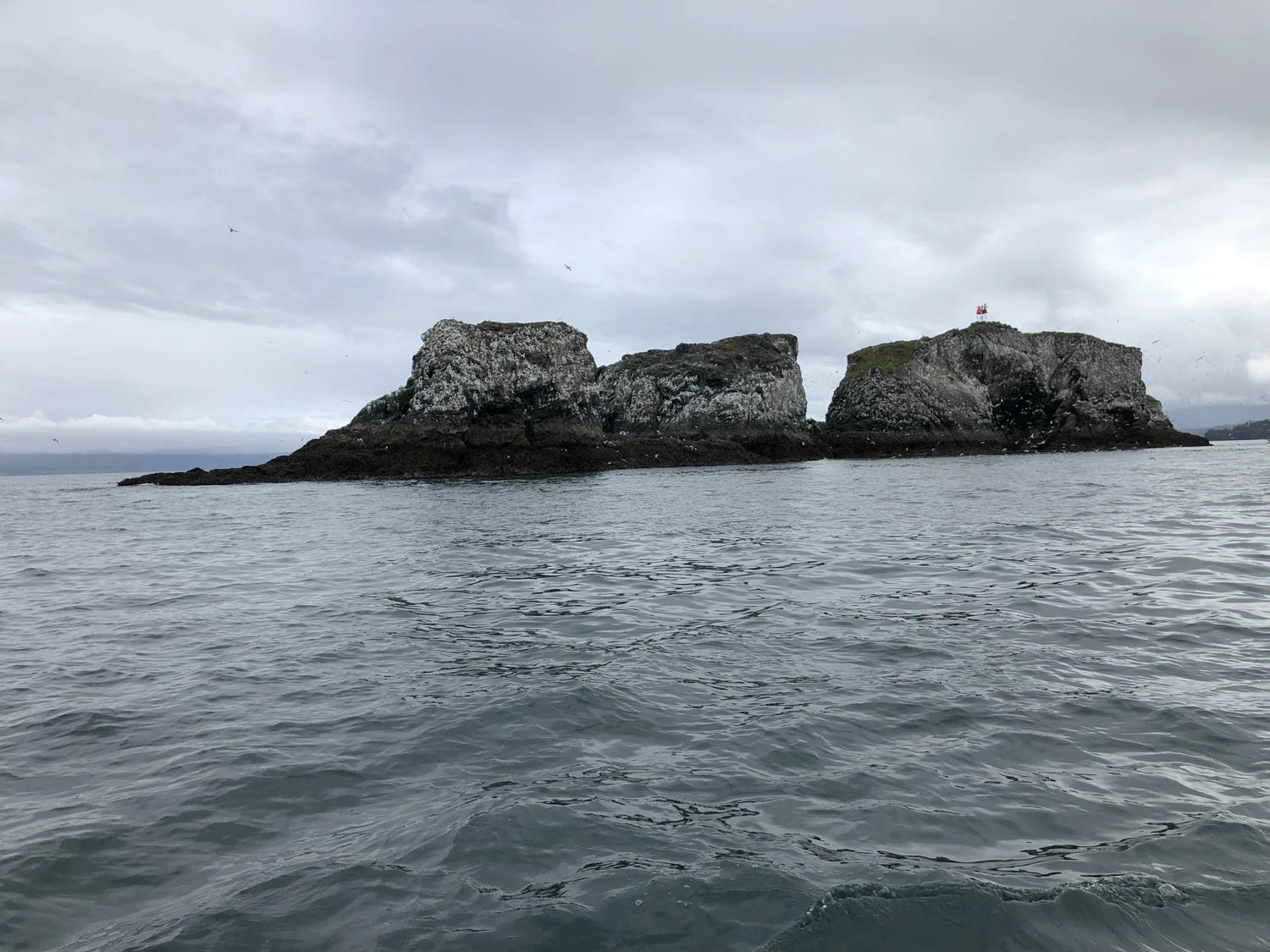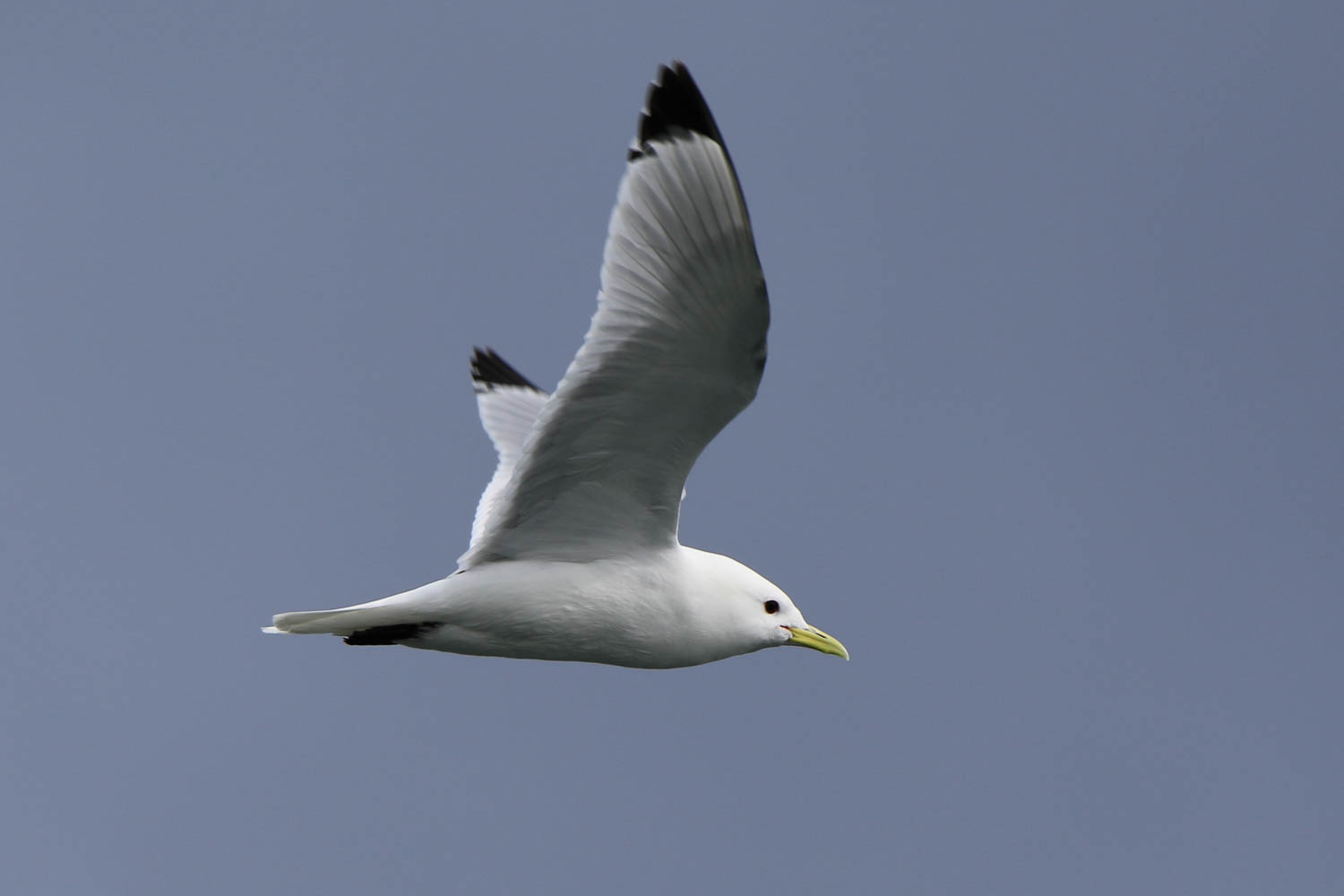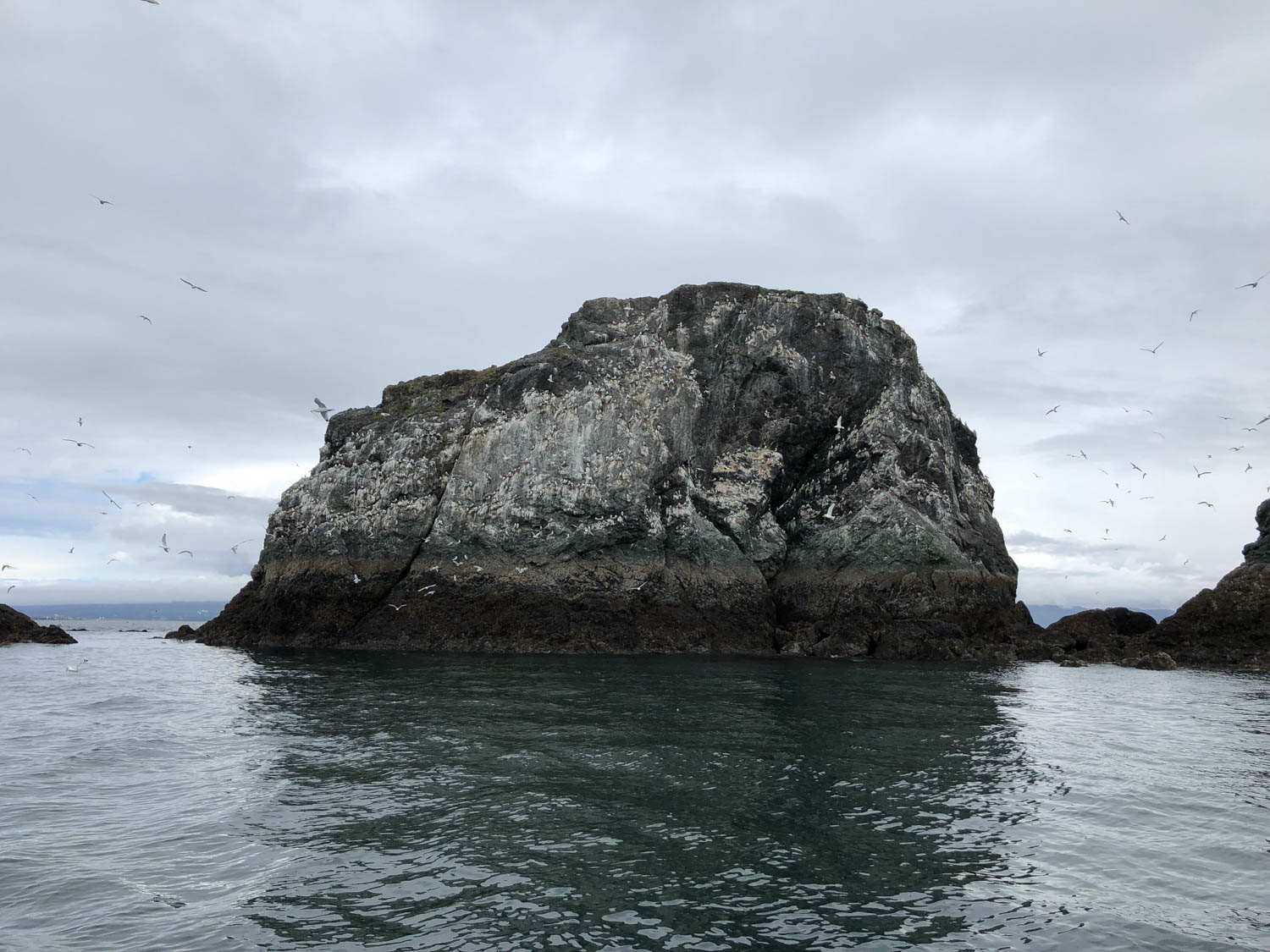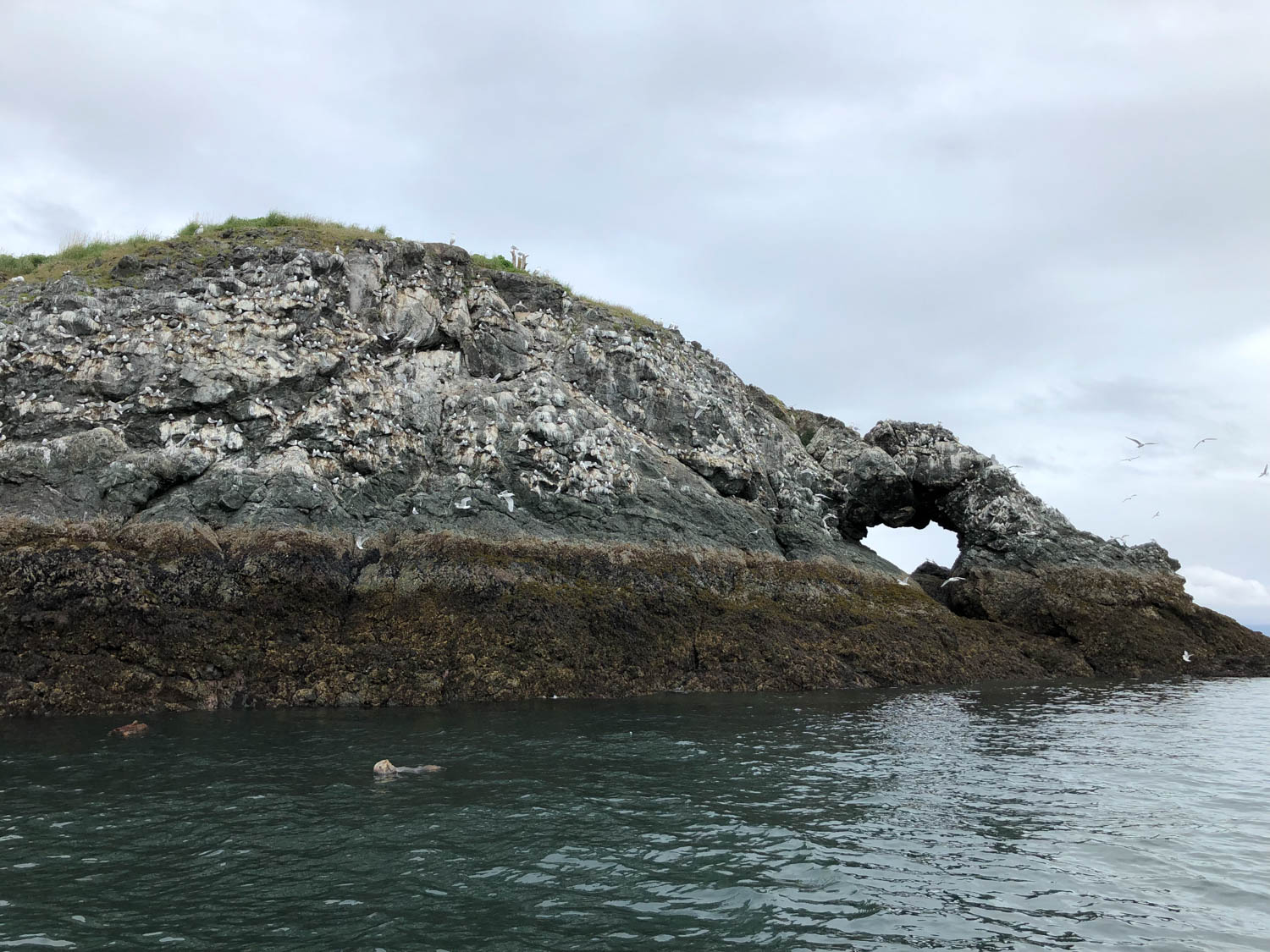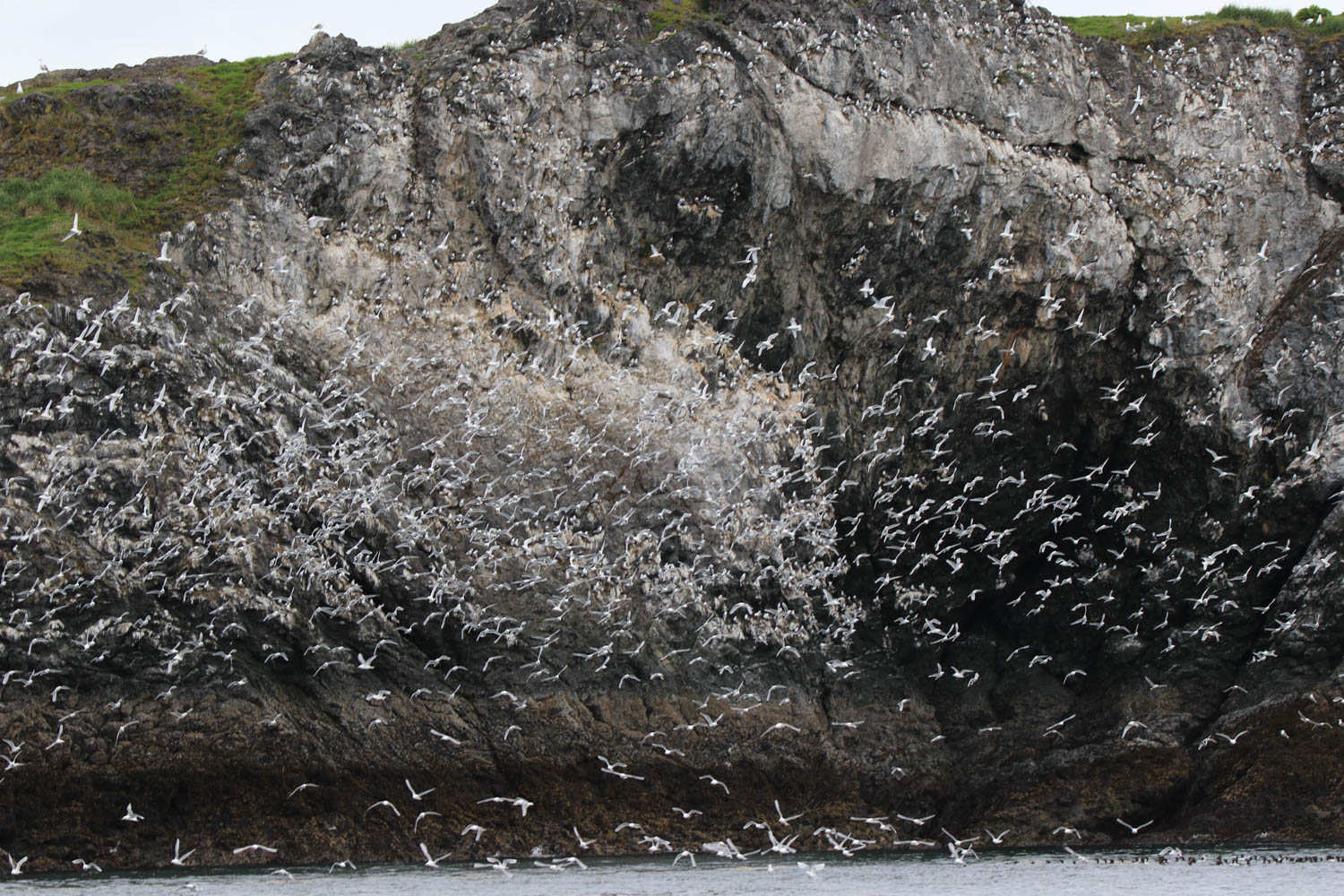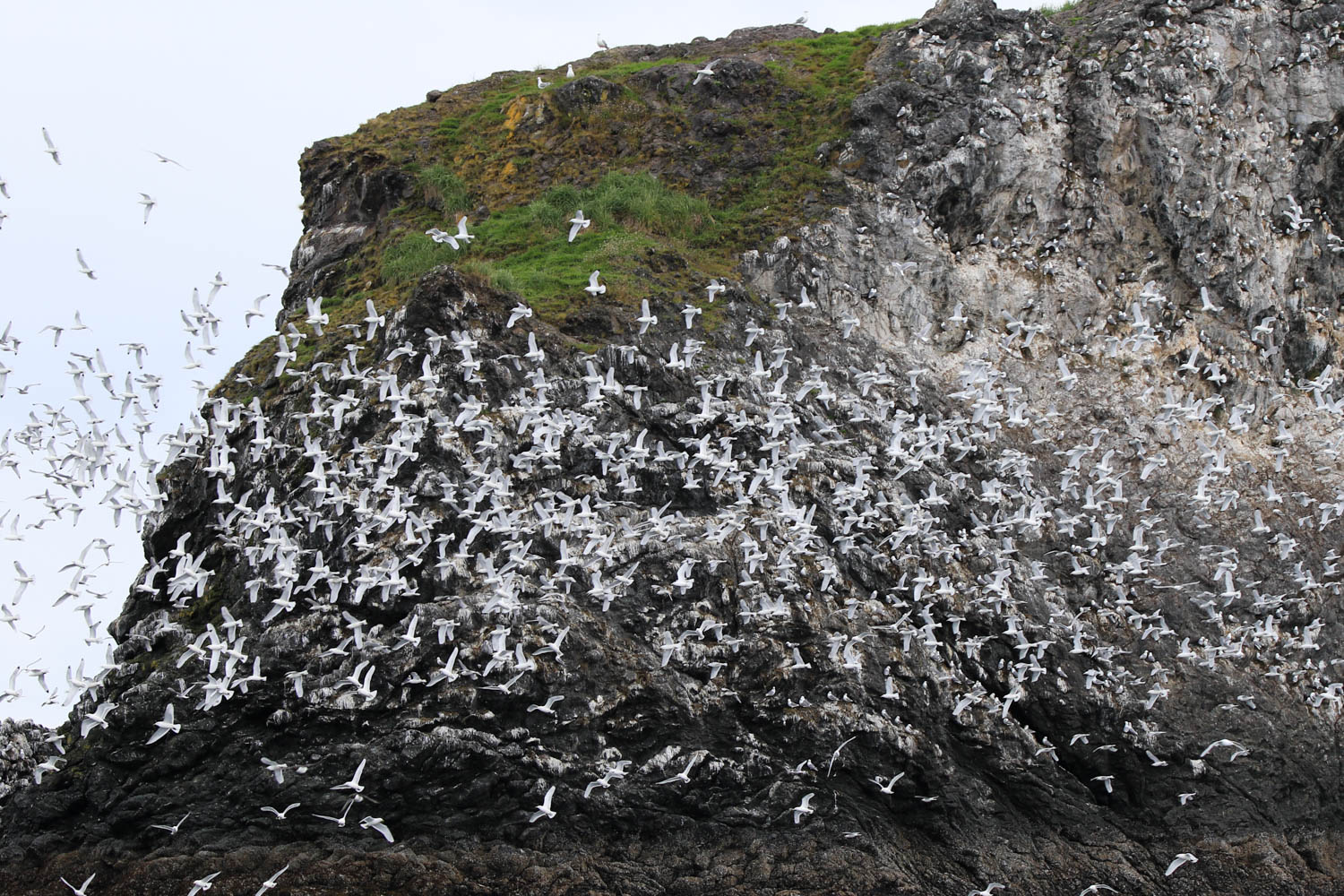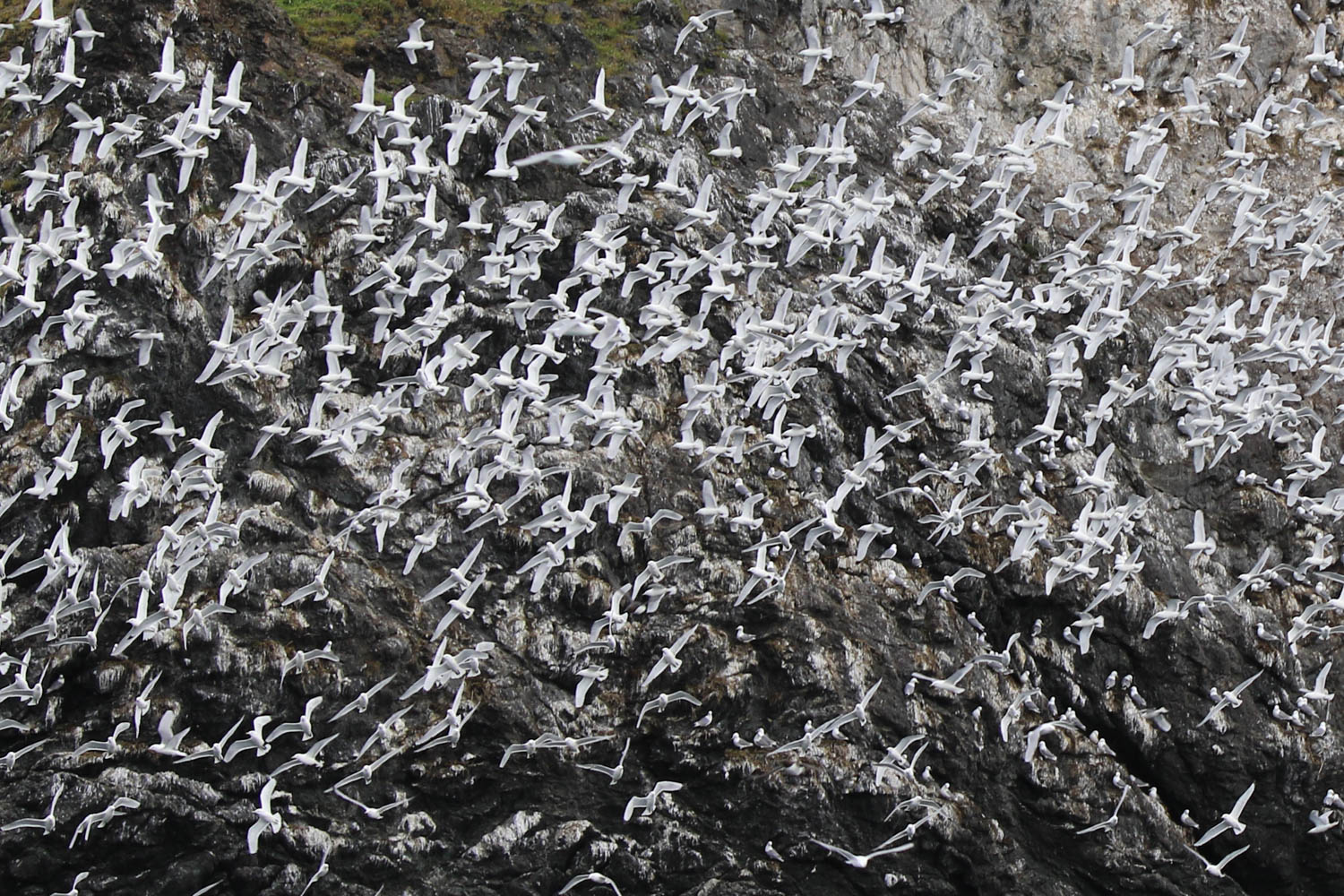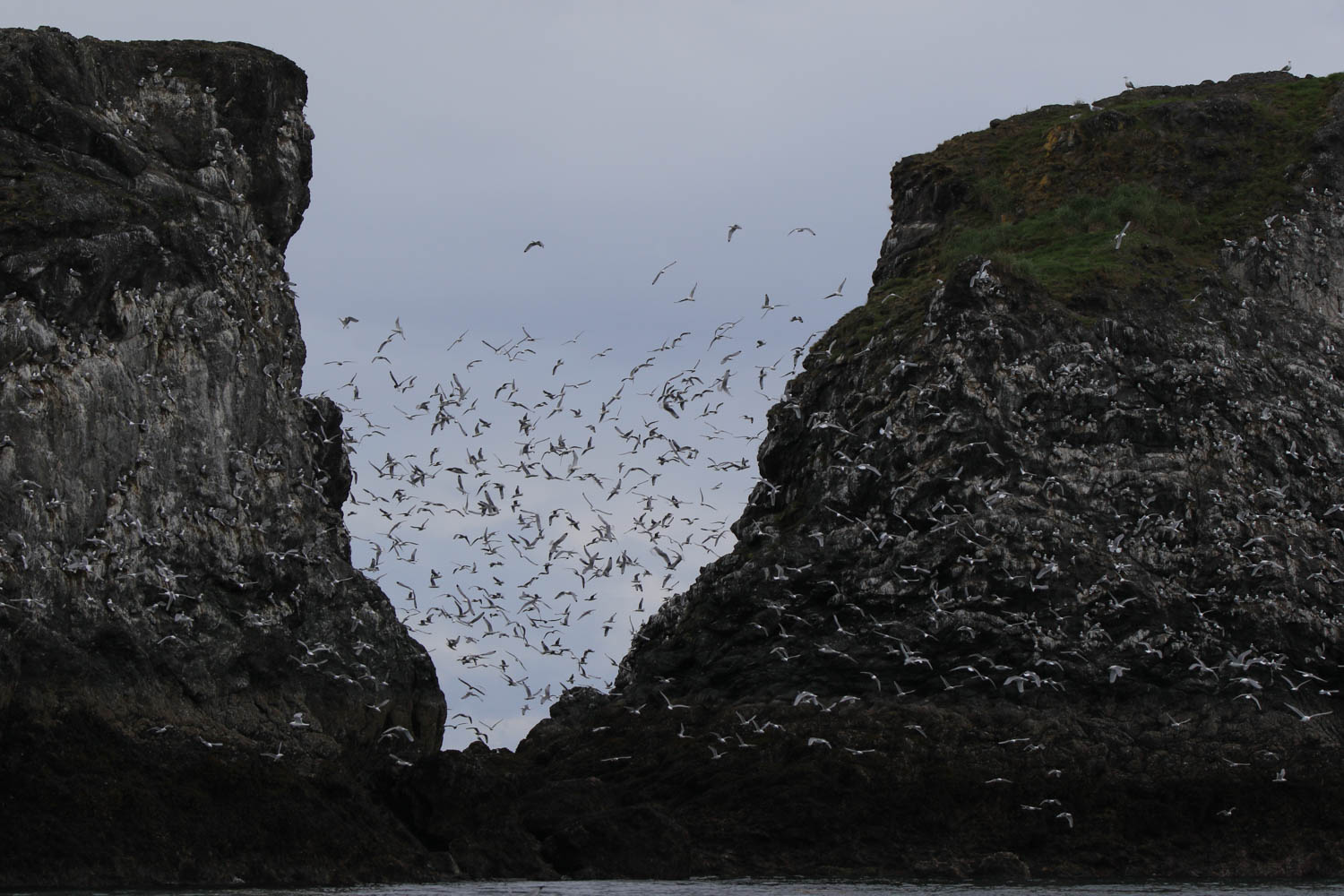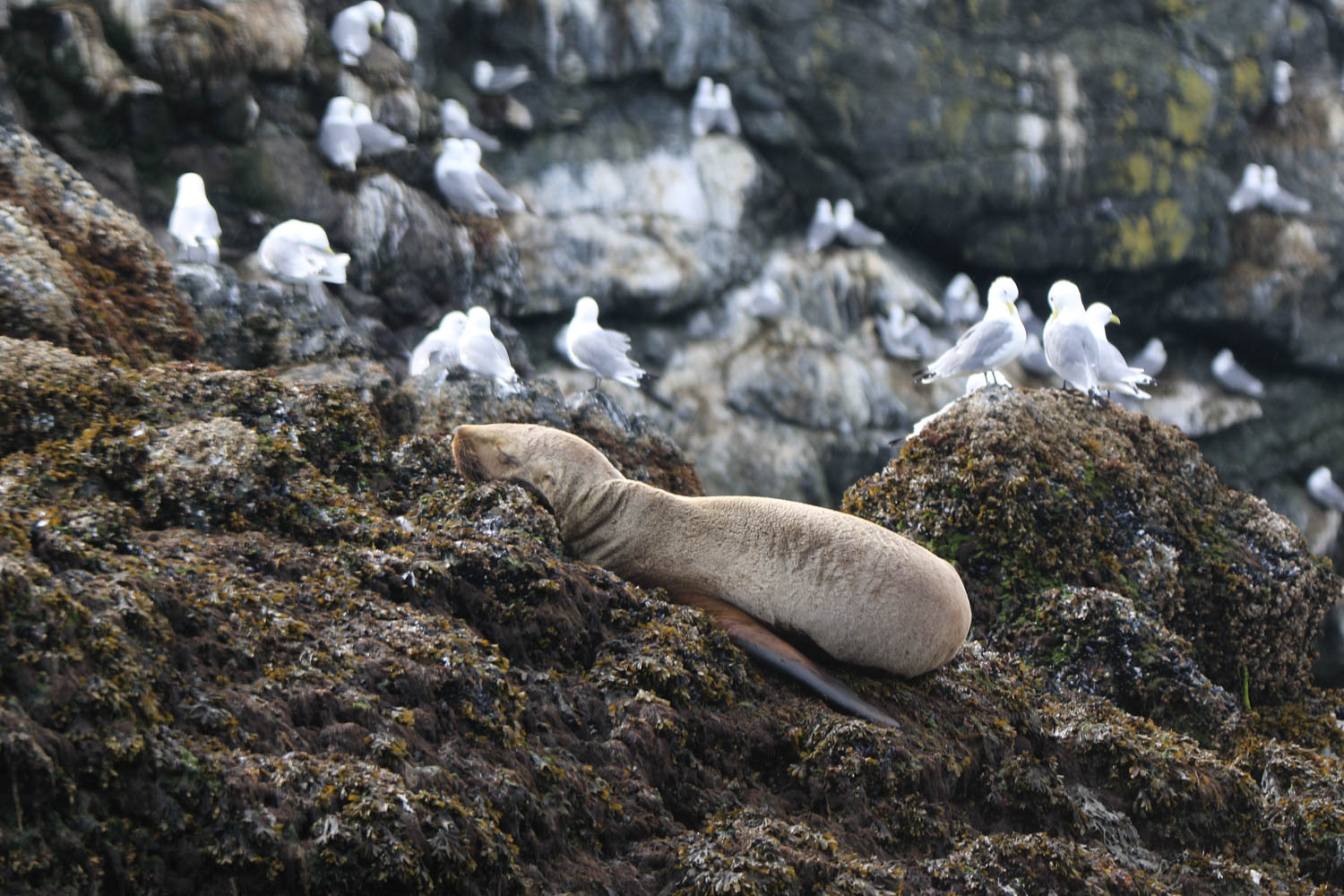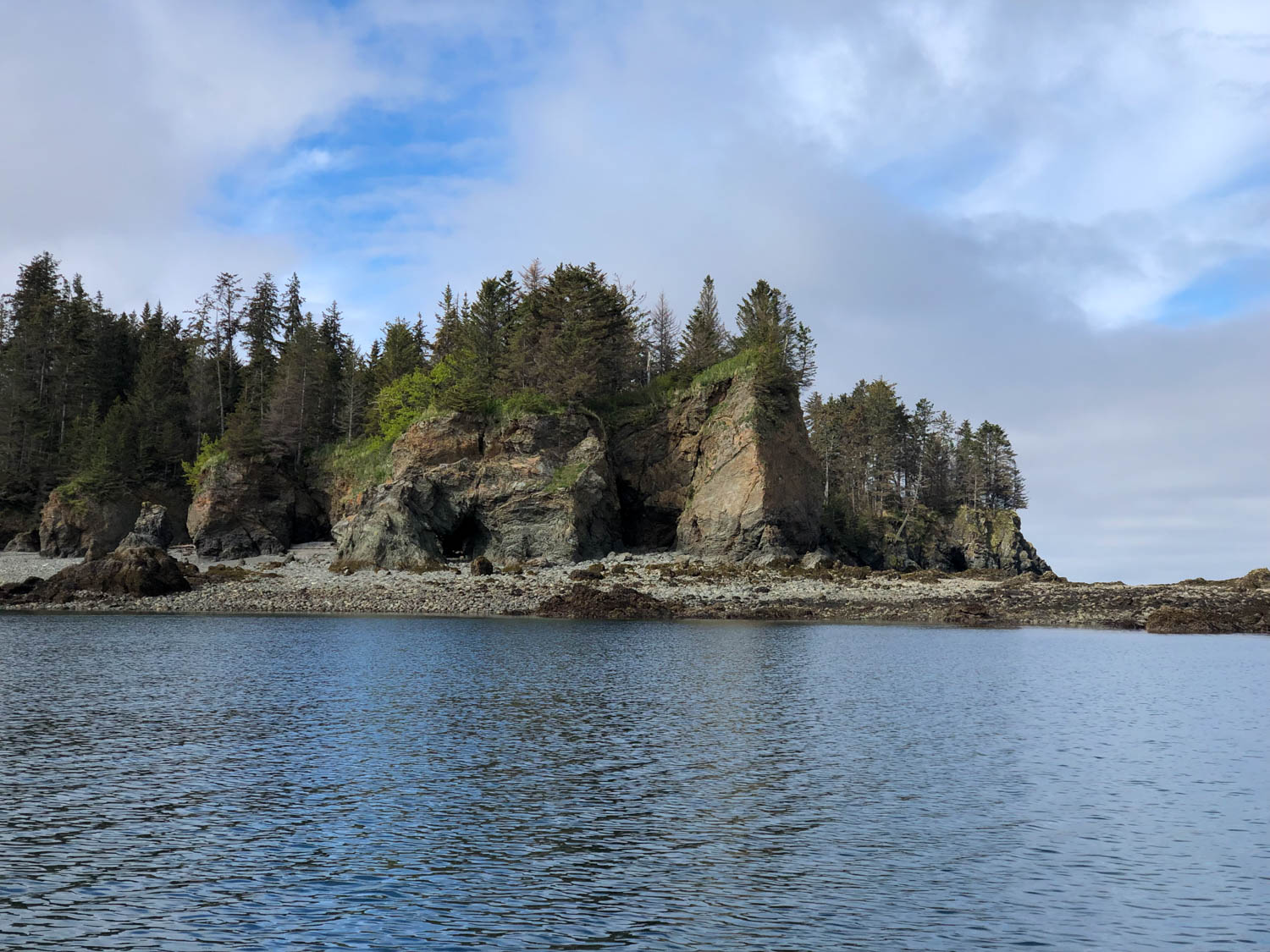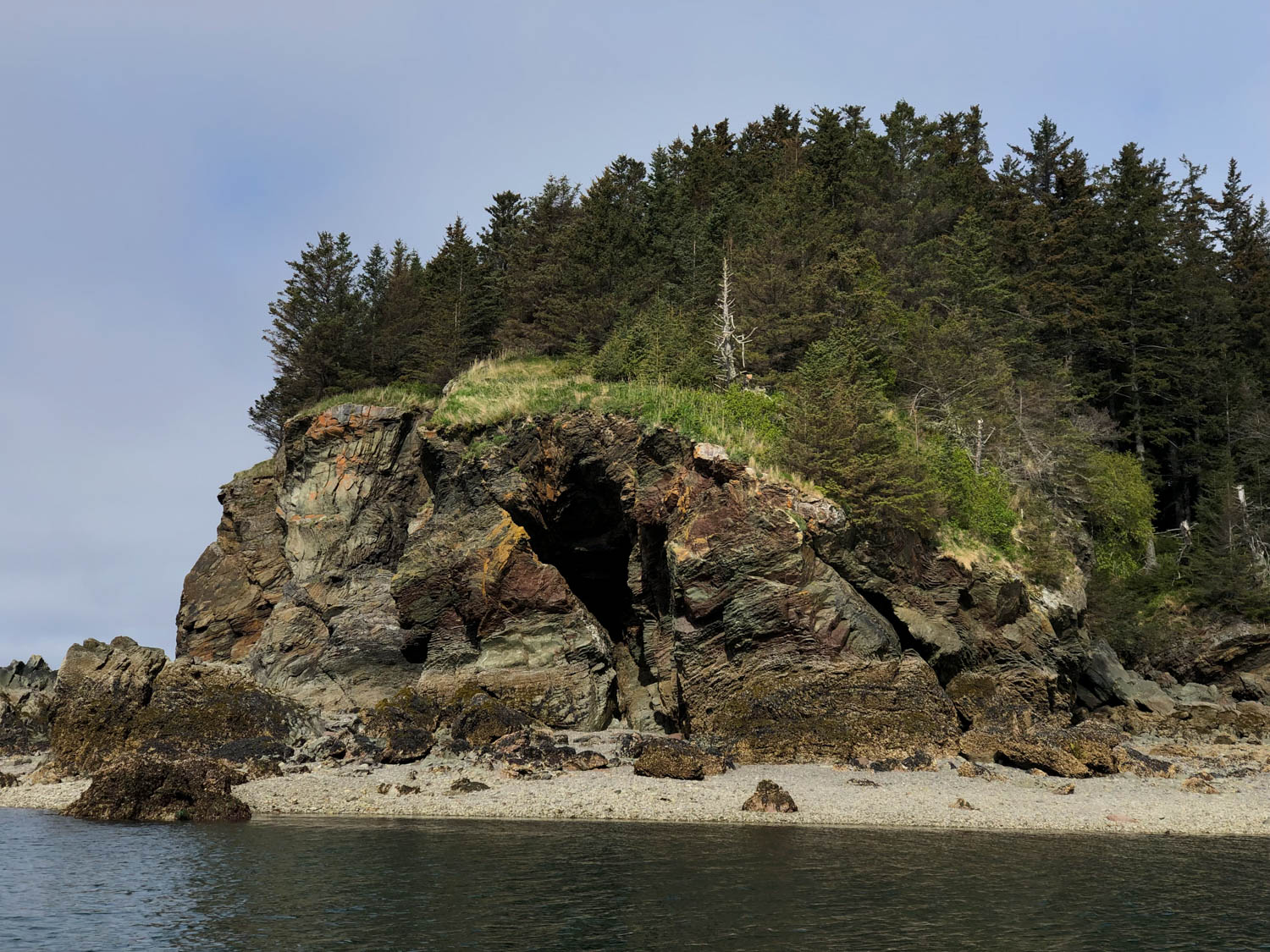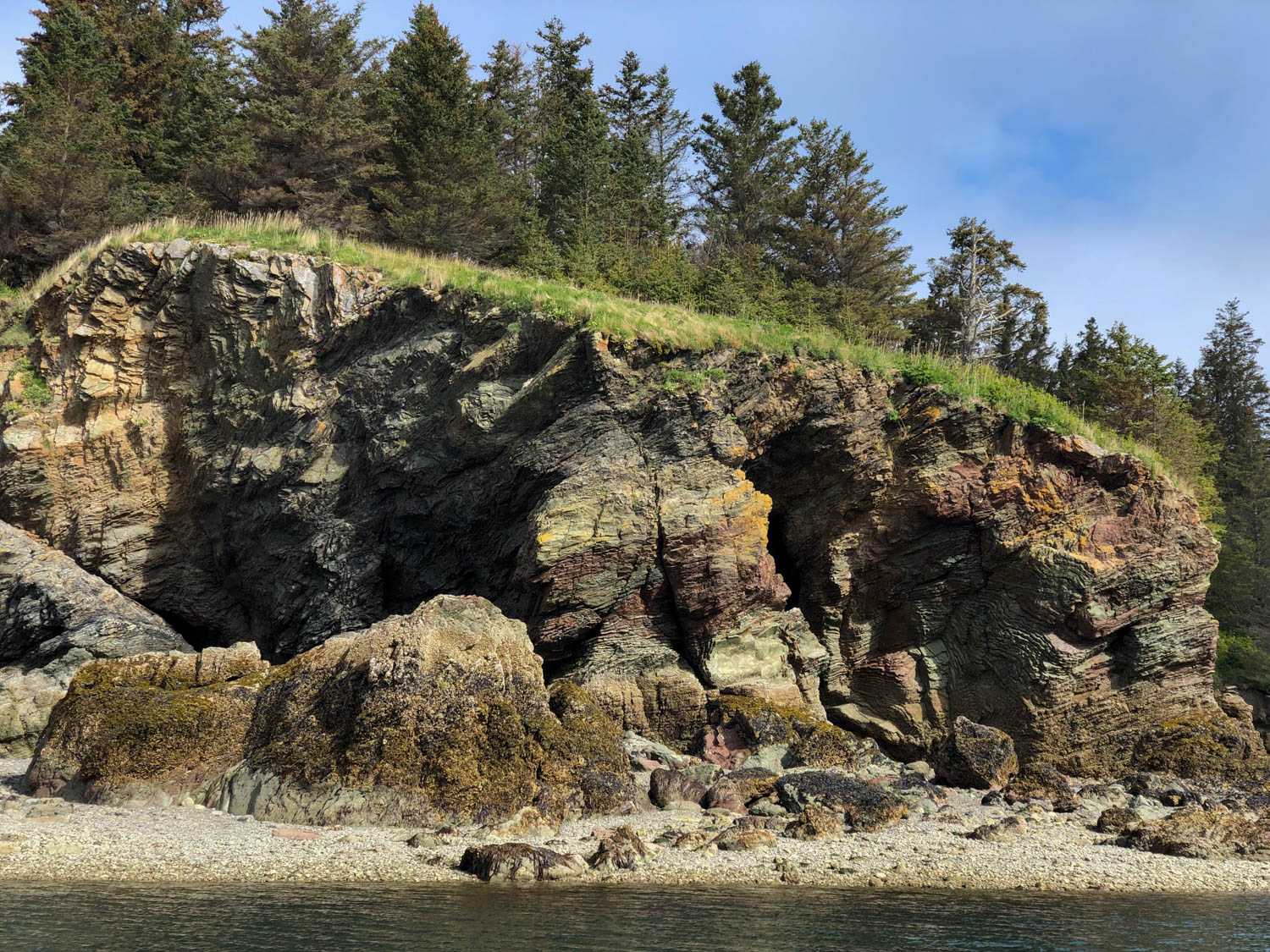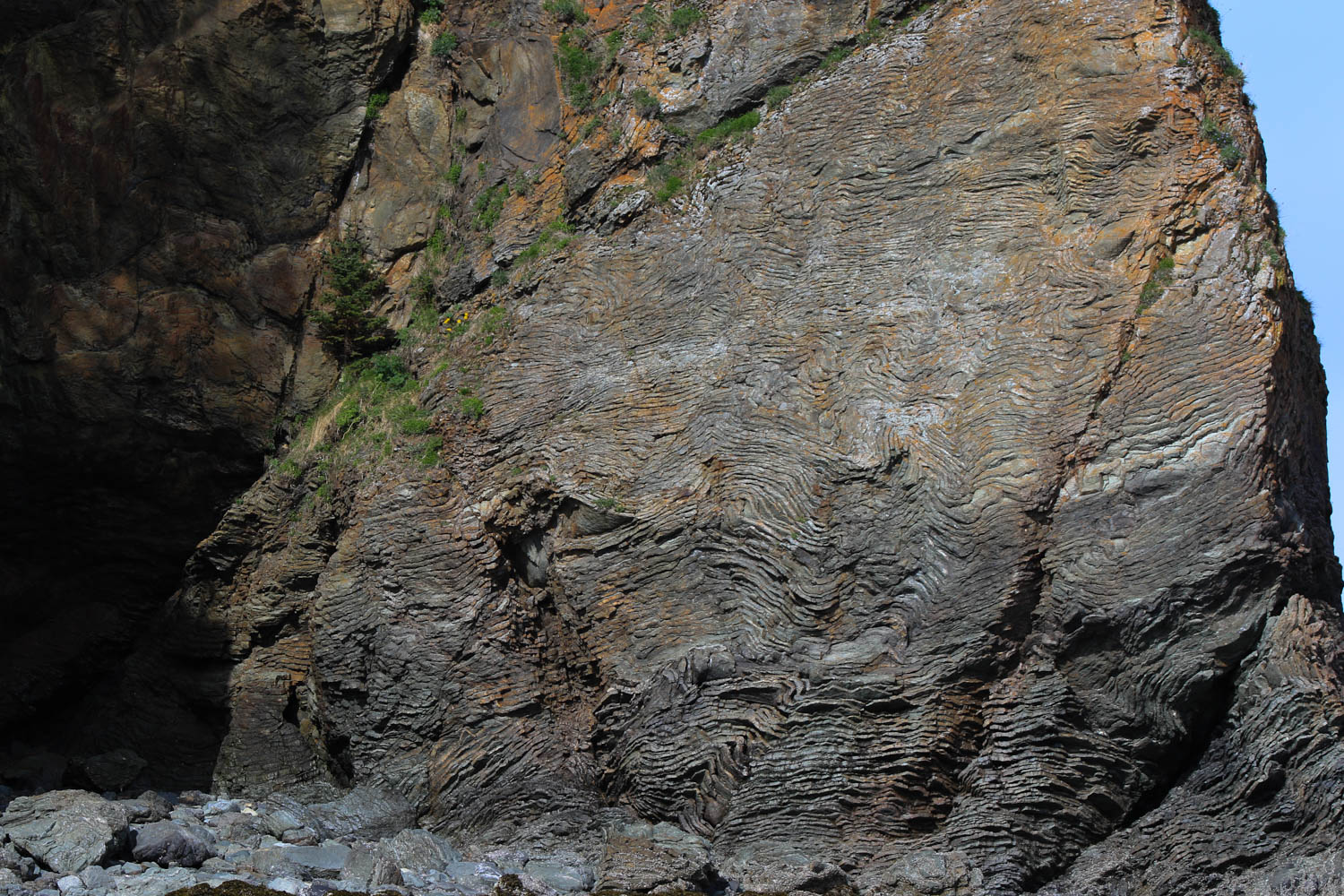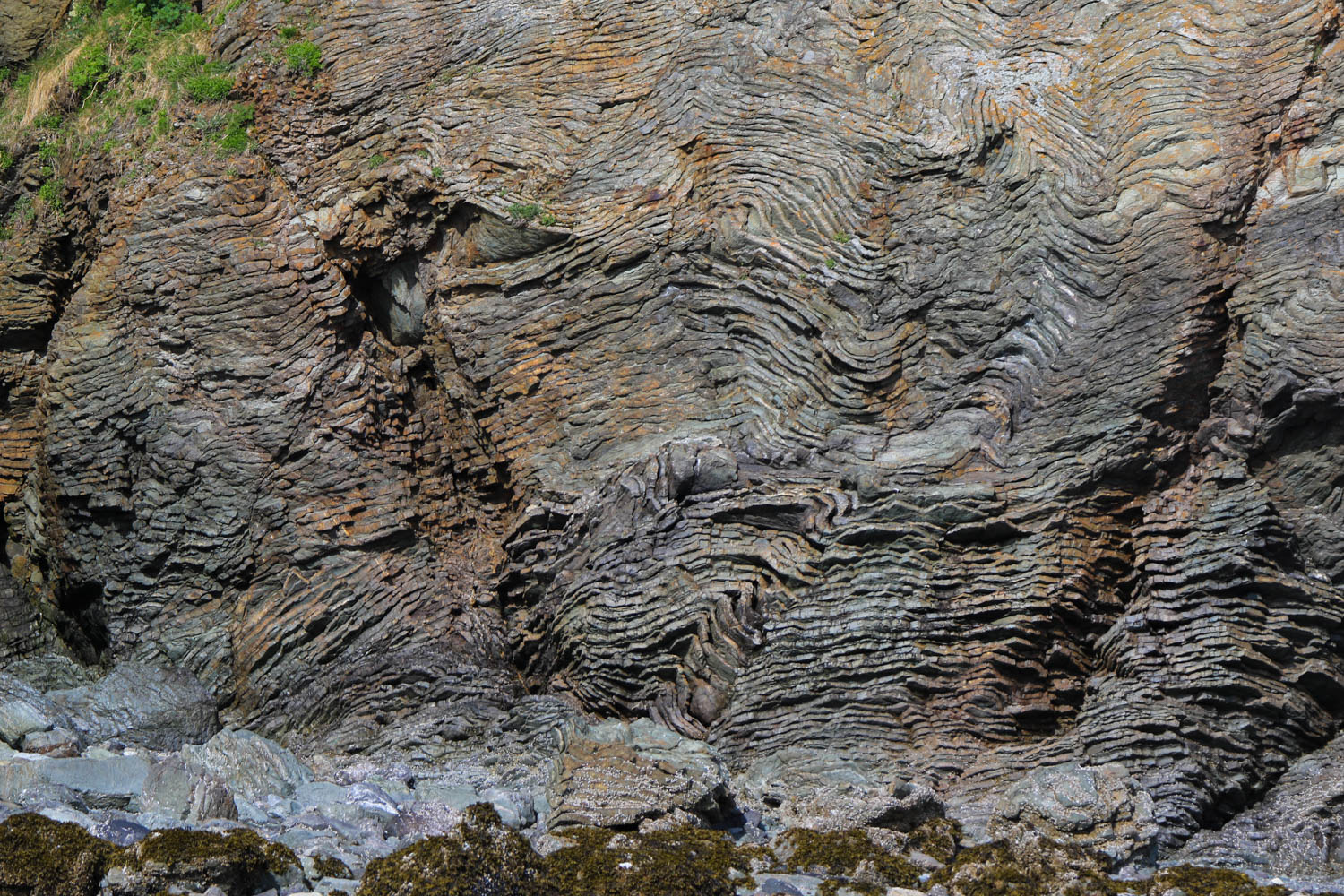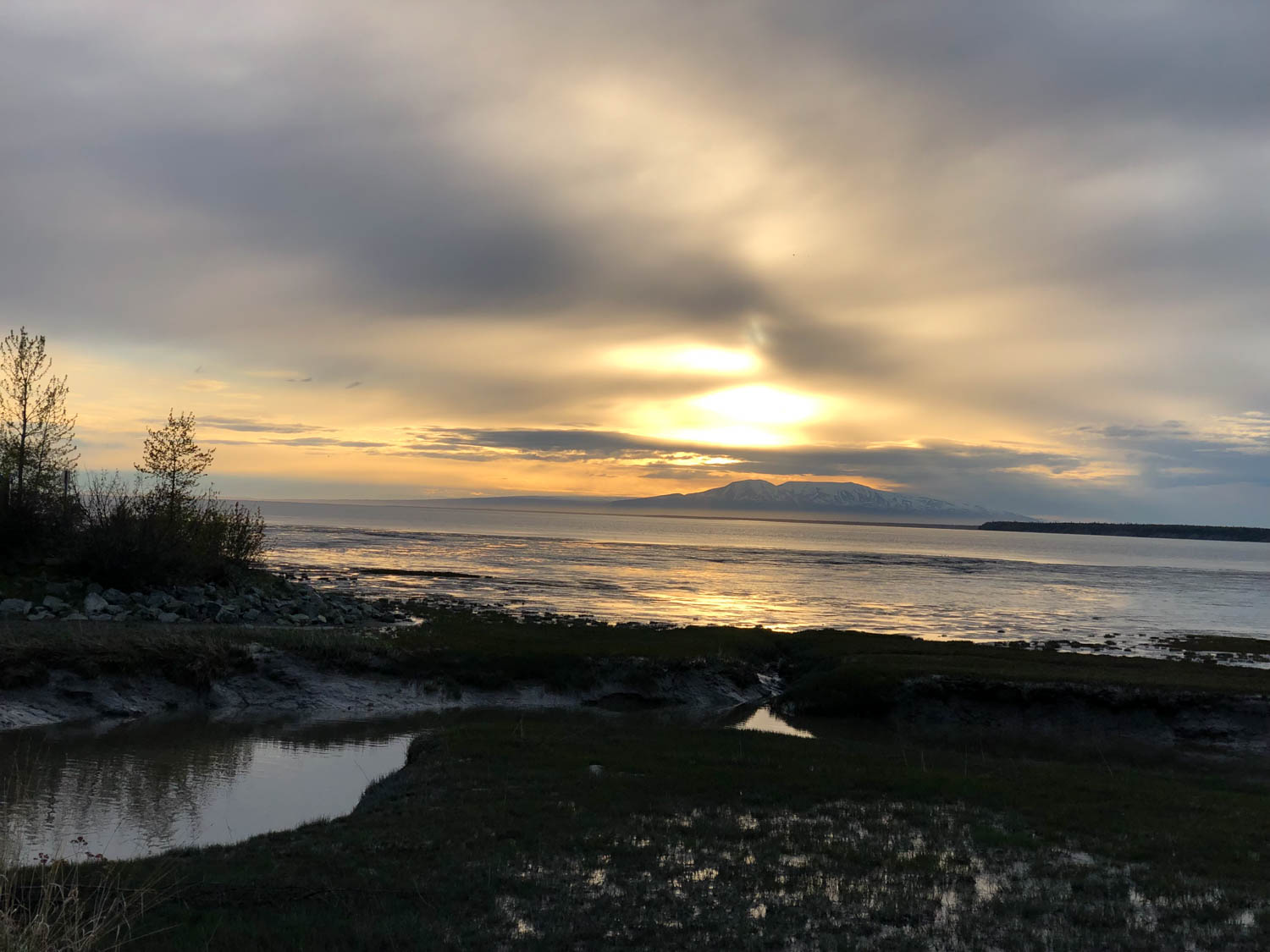The next two months are the height of the birdwatching season, with the spring migration starting to build up in April and exploding in May. Here is what you can expect and see in the Northeastern US:
In March and April, Pileated Woodpeckers (the largest woodpeckers in the US) are very visible as they are making their nest-holes in the woods with mature trees.
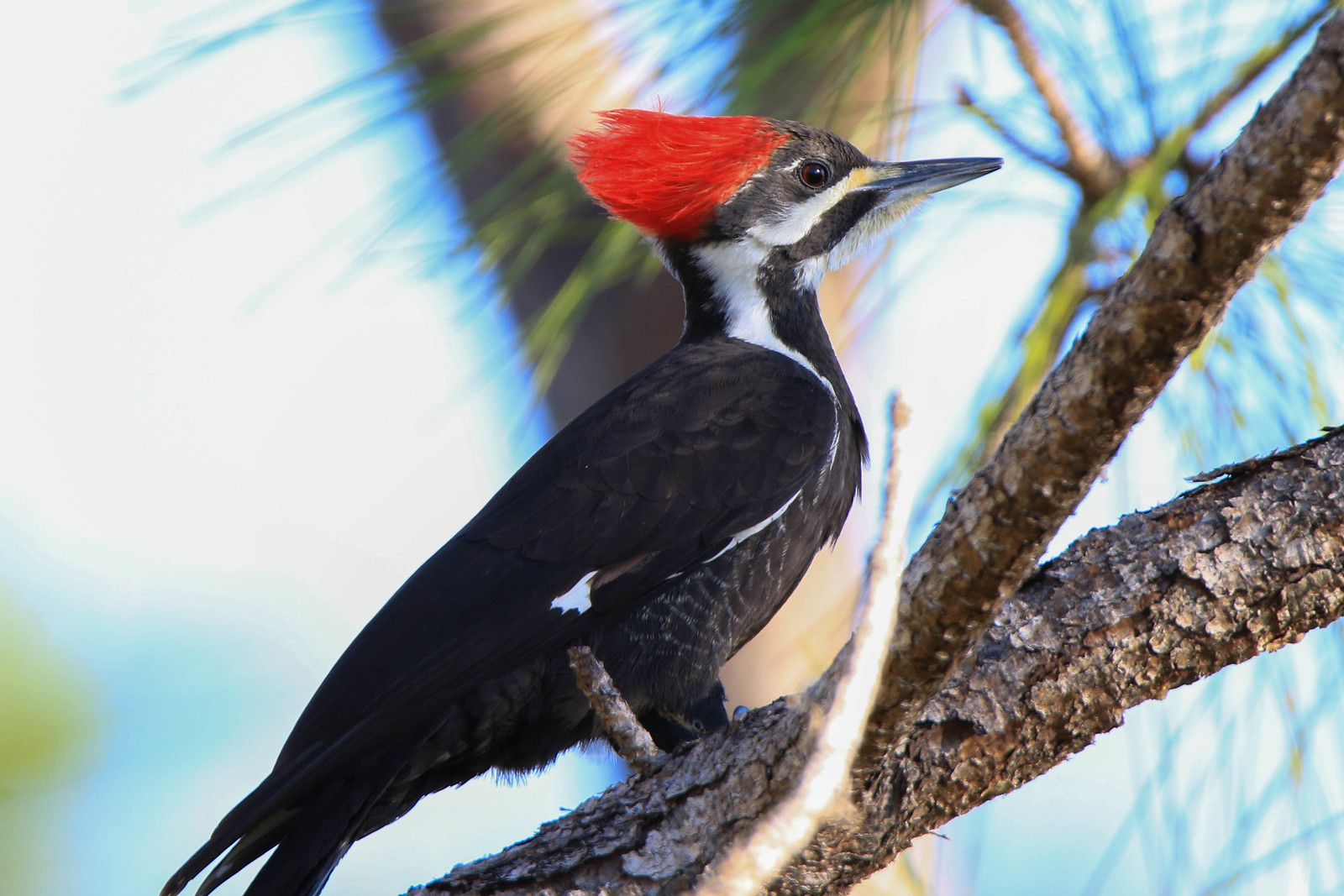
You will also find handsome Northern Flickers, which are woodpeckers that feed on the ground (as well as in the trees):
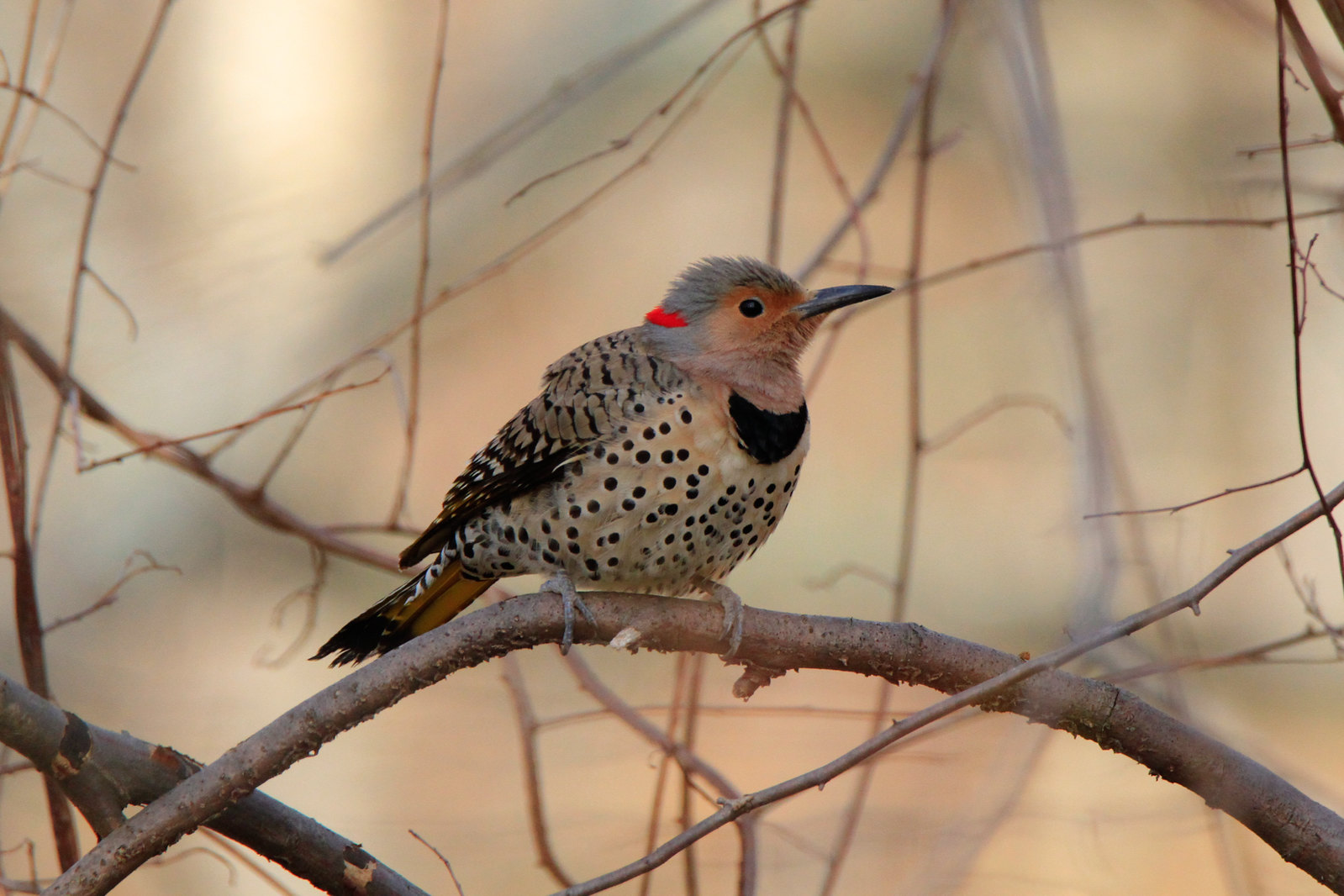
In late March, the sparrow spring migration starts. The first to arrive are these cute small Chipping Sparrows - watch for them in forest clearings, or even on your bird feeders.
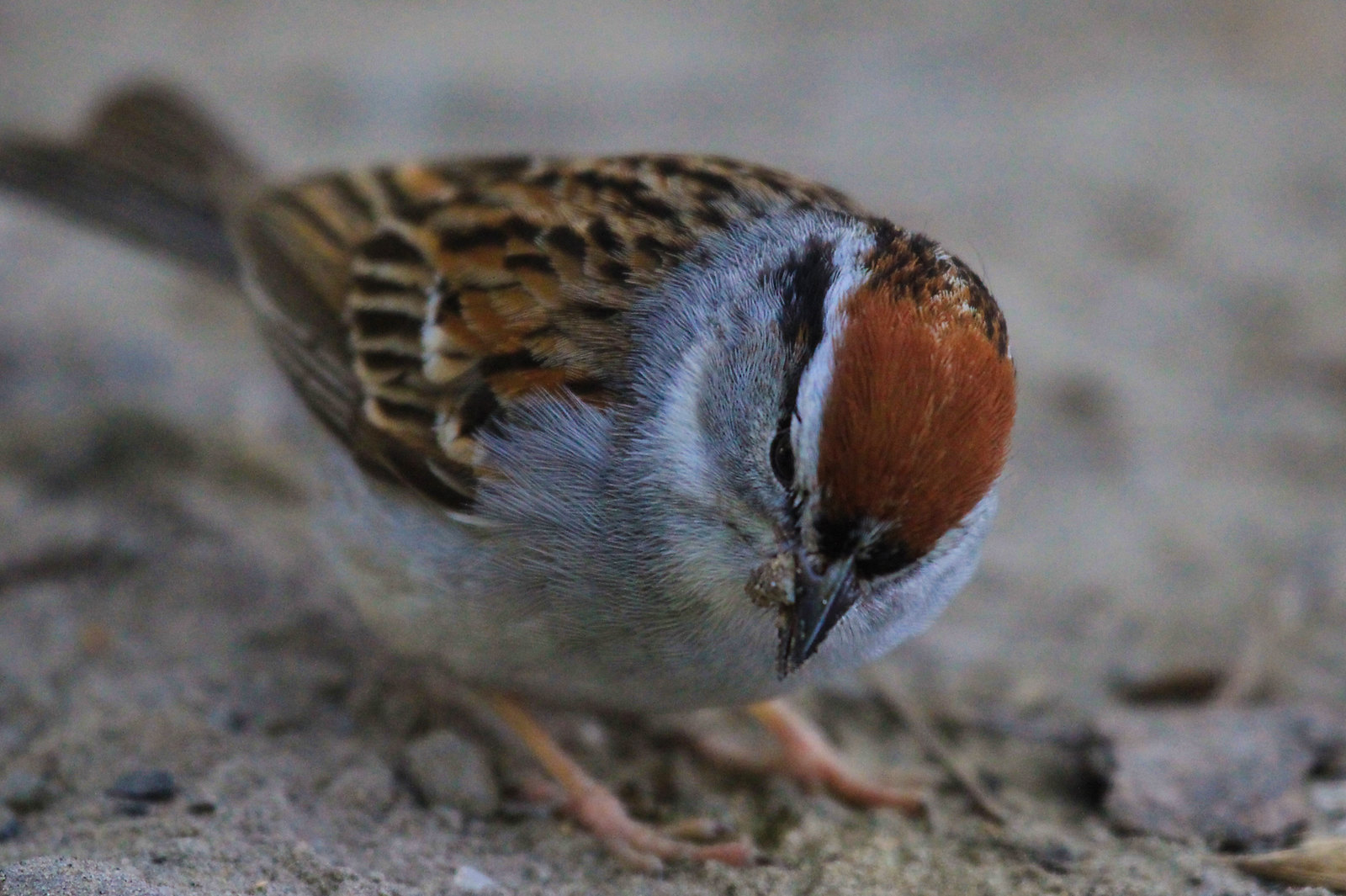
Other early spring arrivals are the wading birds - herons and egrets, including the striking Yellow-crowned Night Herons.
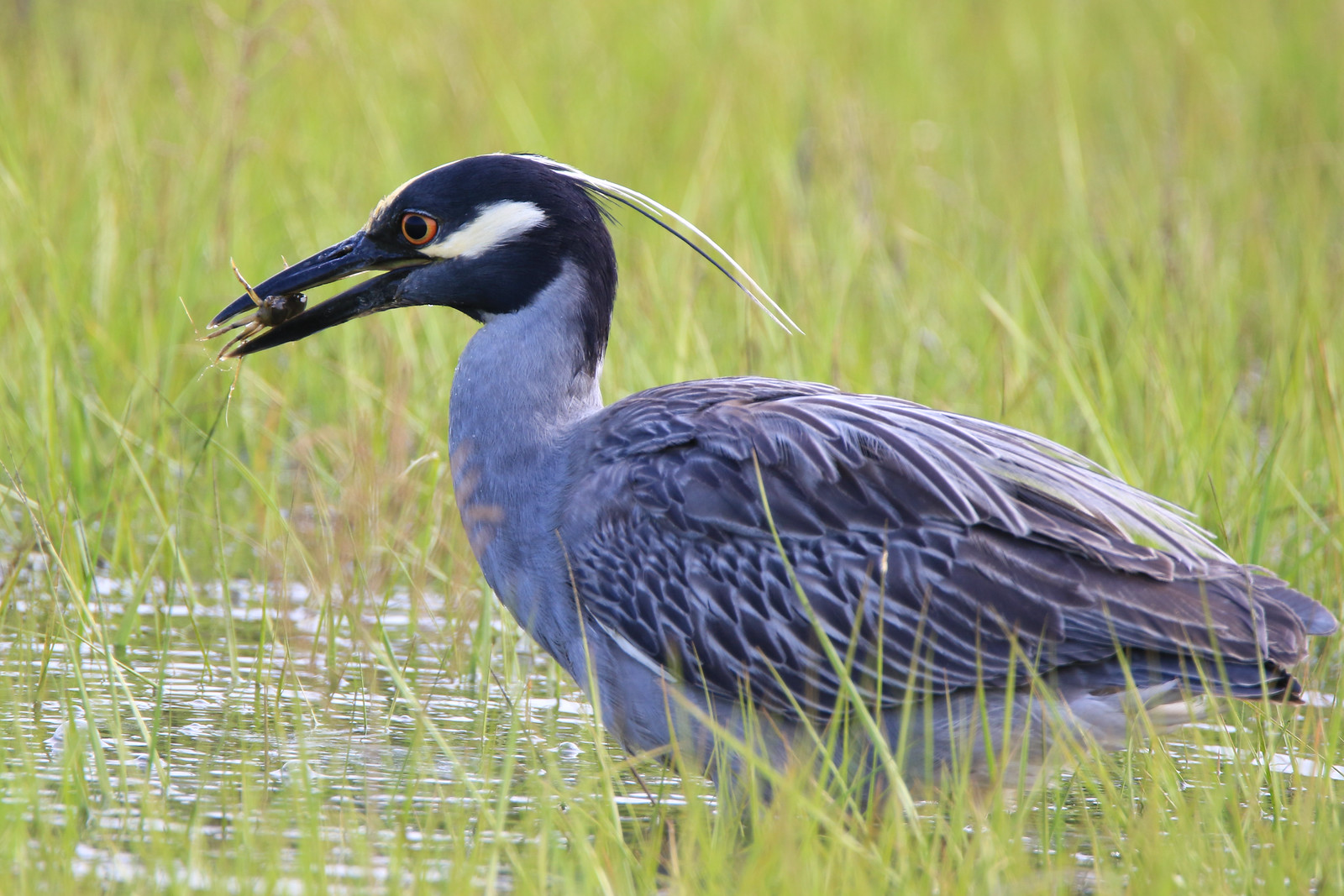
In April, as the insects are starting to hatch en masse, the first flycatchers arrive. The Eastern Phoebe will be the first of them. It hunts for insects from a favorite perch, usually a bit above eye level. Watch for Phoebes in your parks and forests:
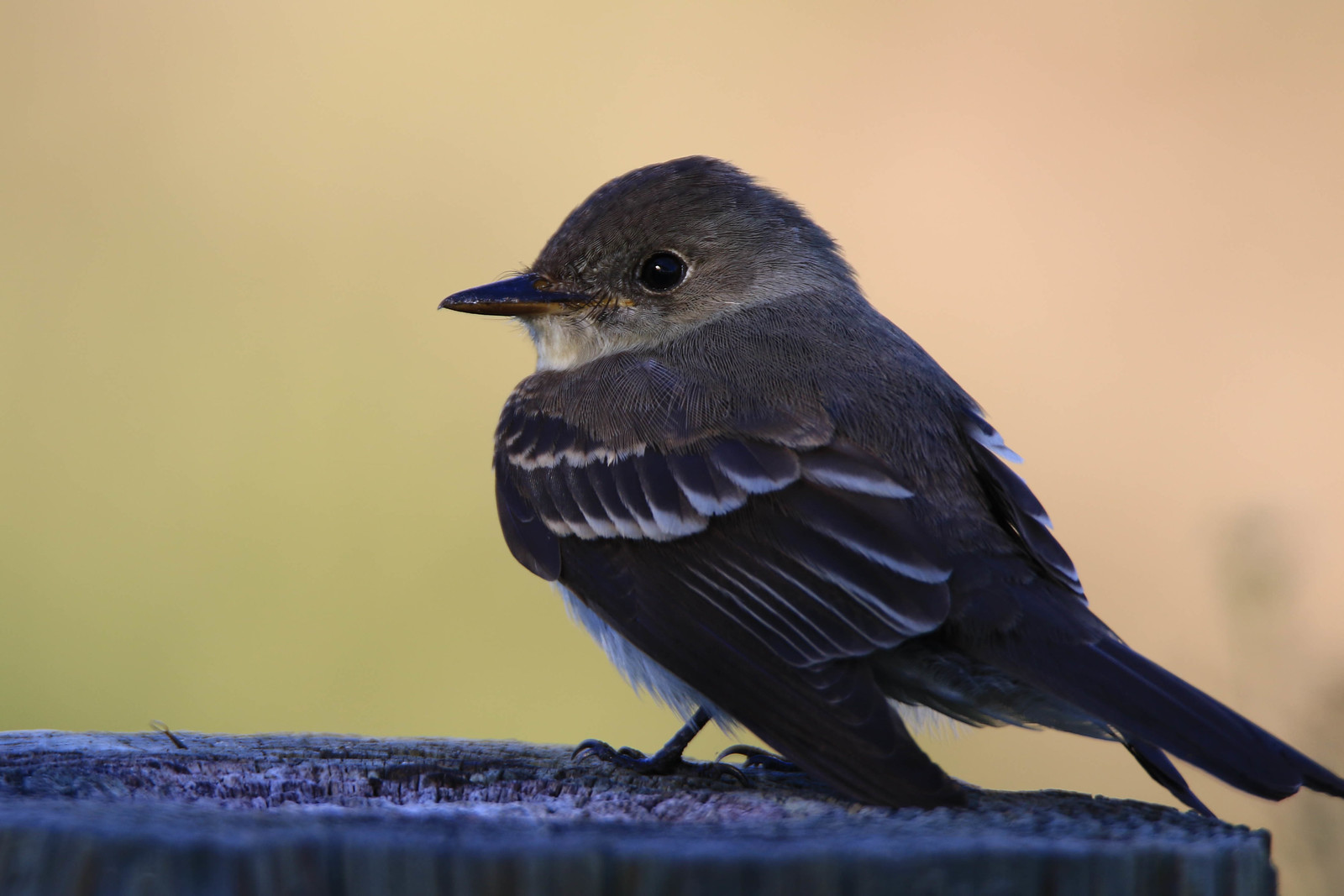
The Palm Warbler is the first warbler to arrive in our area, in early April. It's a small, restless warbler that always bobs its tail and never stays still.
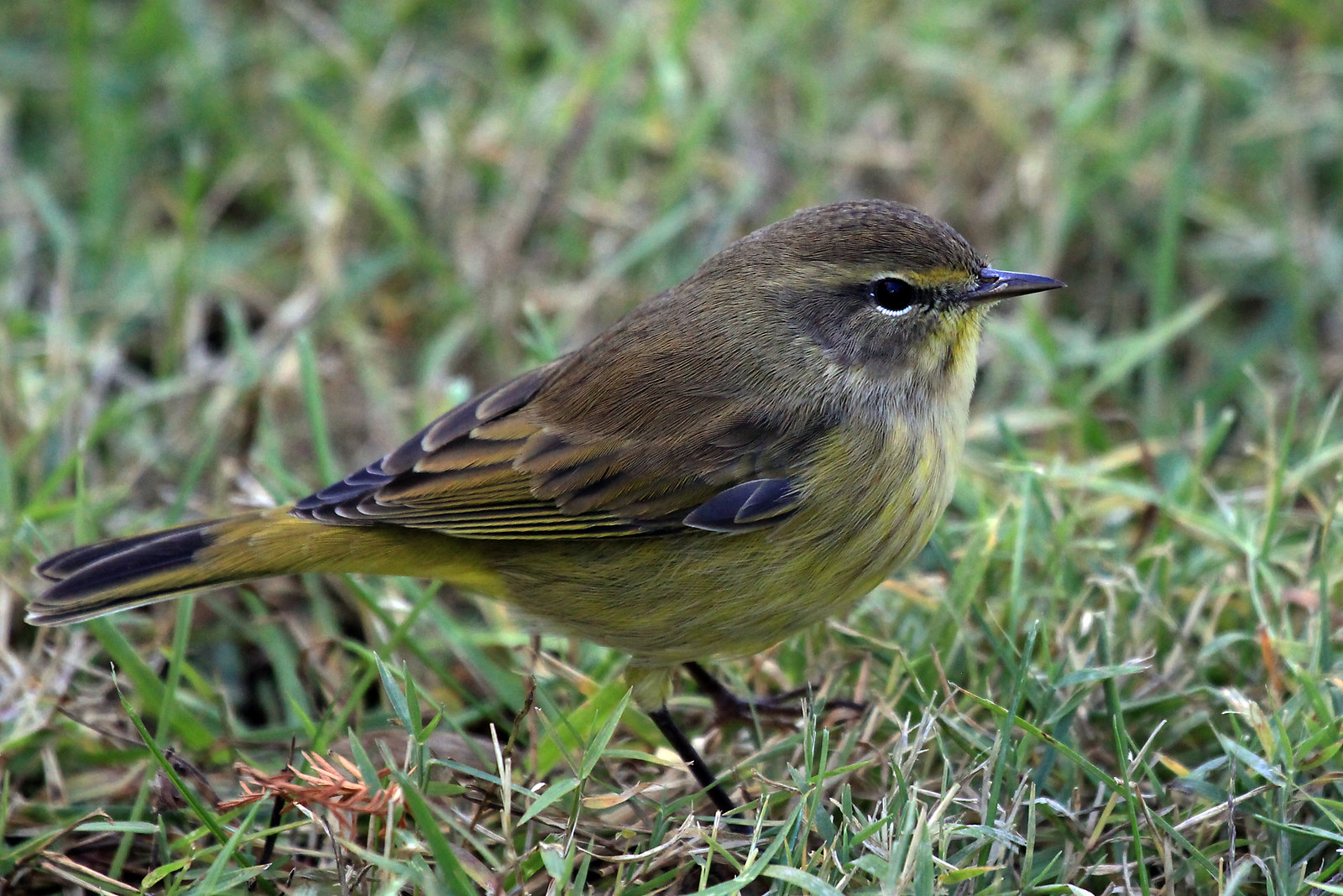
Later in April, we will see a flight of kinglets, such as this Golden-crowned Kinglet. These tiny balls of energy catch insects by flying around and flushing their wings to scare the gnats off tree branches.
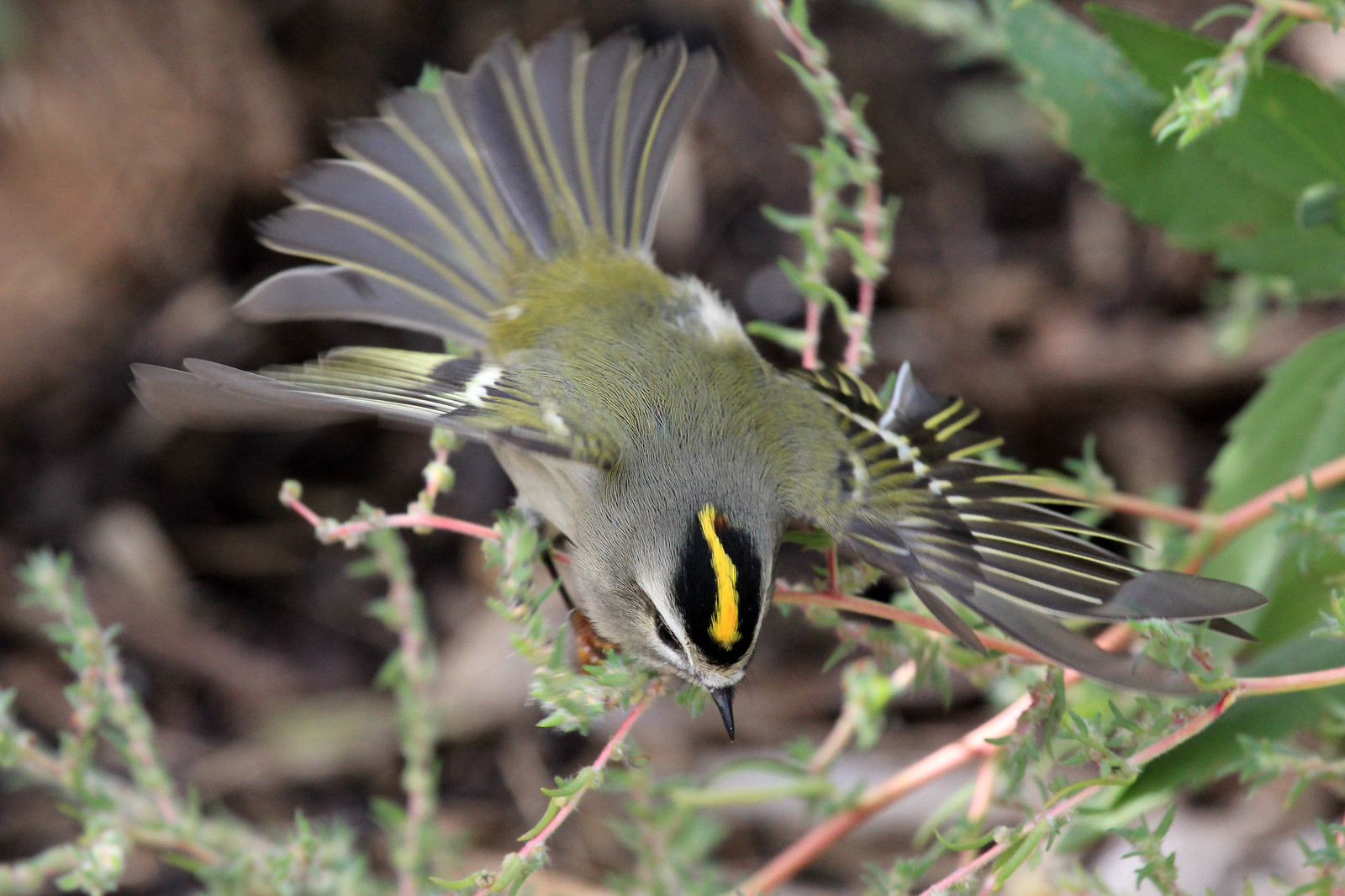
Meanwhile, on the coasts, the shorebird migration is building up. The beaches are still empty, but you will find Oystercatchers and Semipalmated Plovers preparing to nest. Other birds, such as these Dunlins, Sanderlings, and Black-bellied Plovers are just passing through.
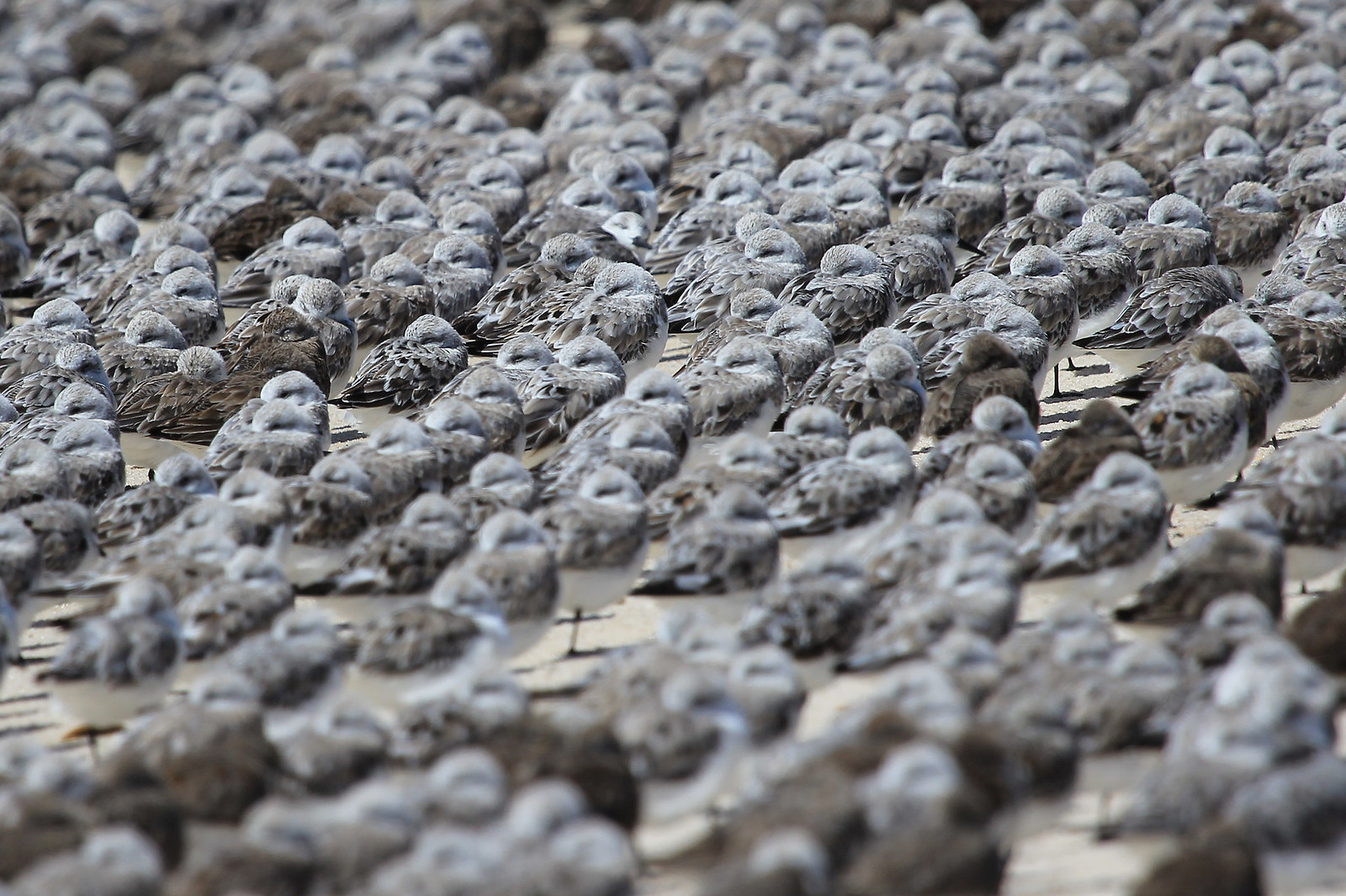
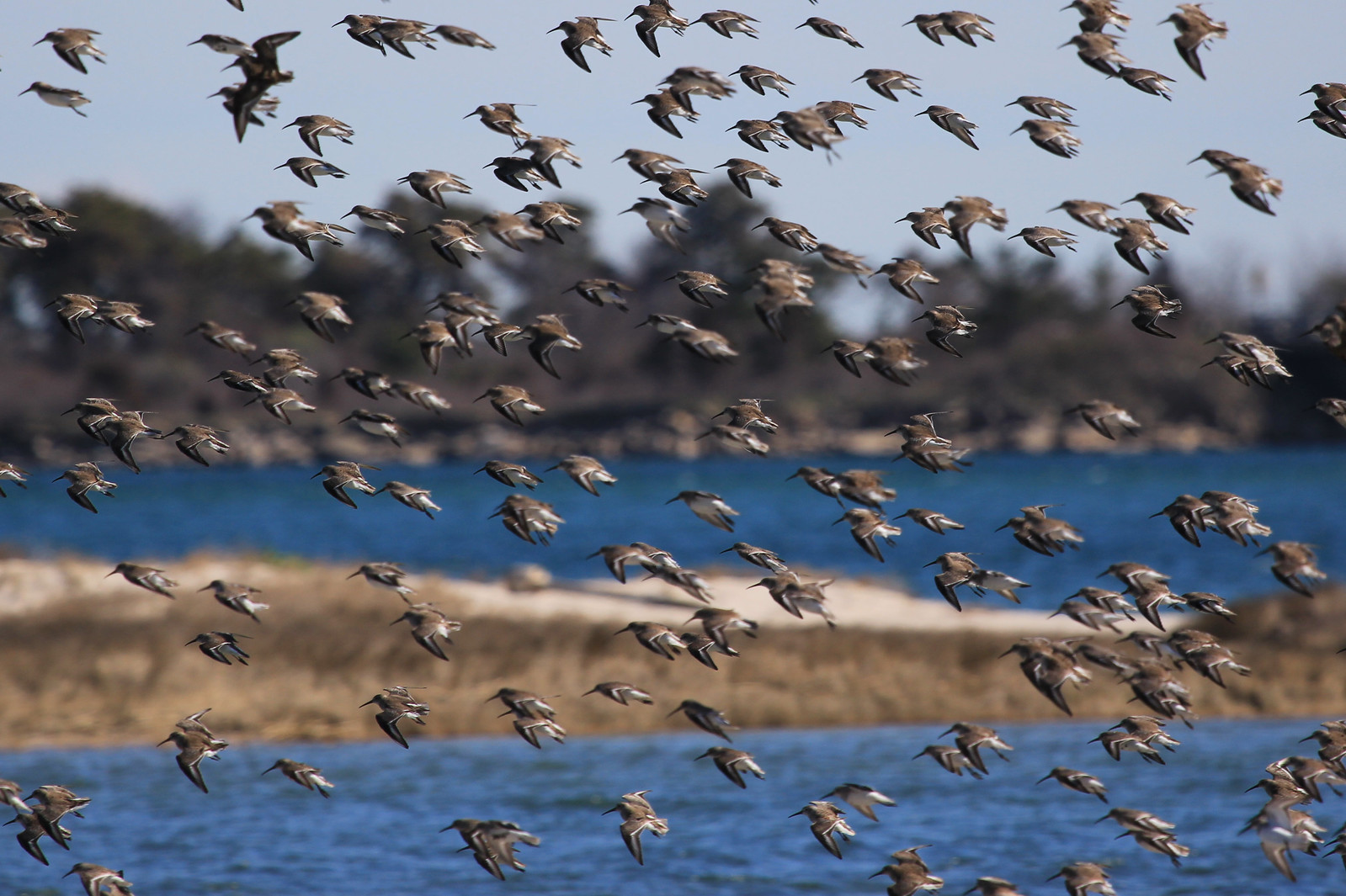
Mid-April is also the time of the raptor migration. Hawks and eagles will be coming up from the south, heading to Canadian forests and the Arctic.
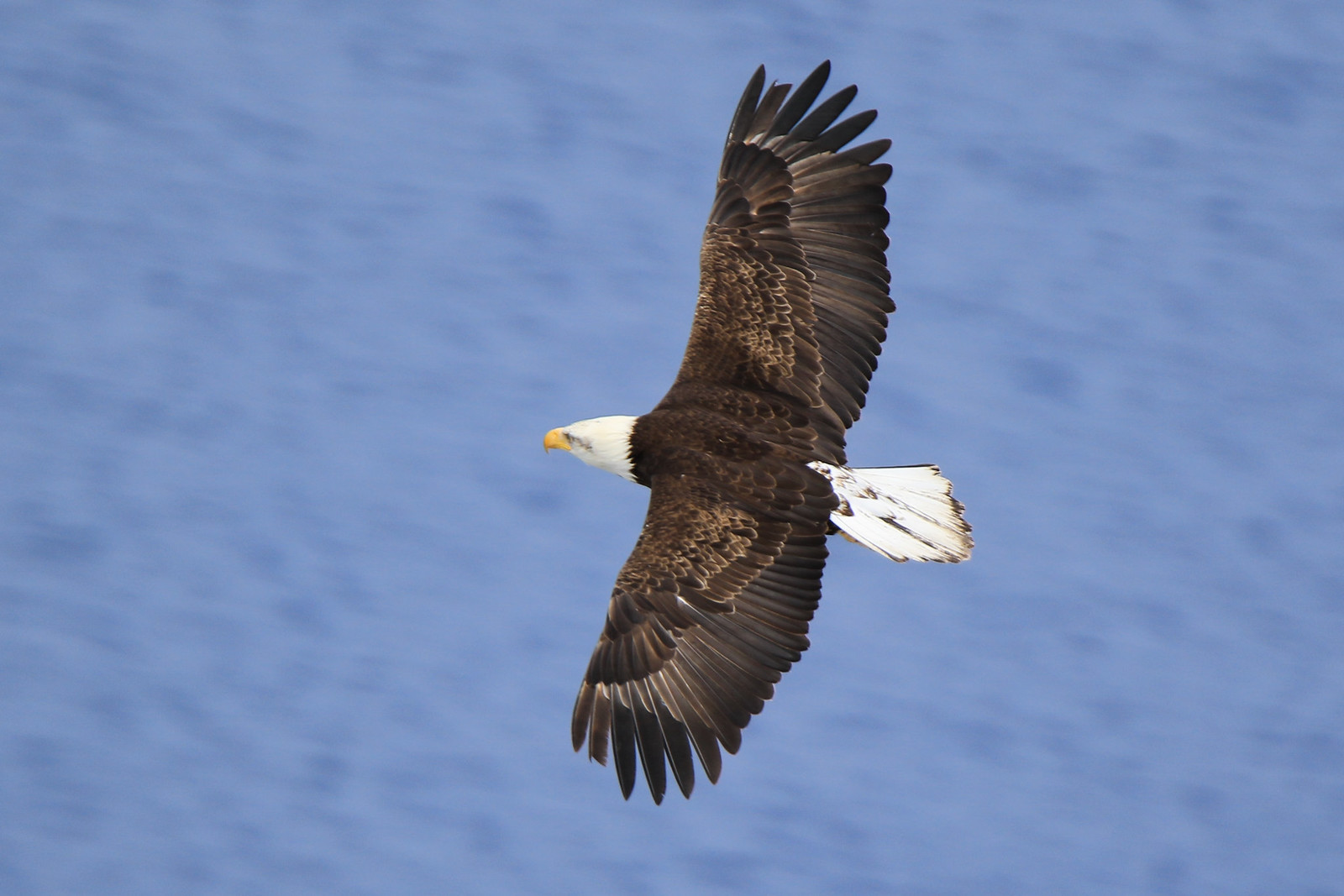
Later in April, the more colorful passerines will start to arrive, including these cool Cedar Waxwings:
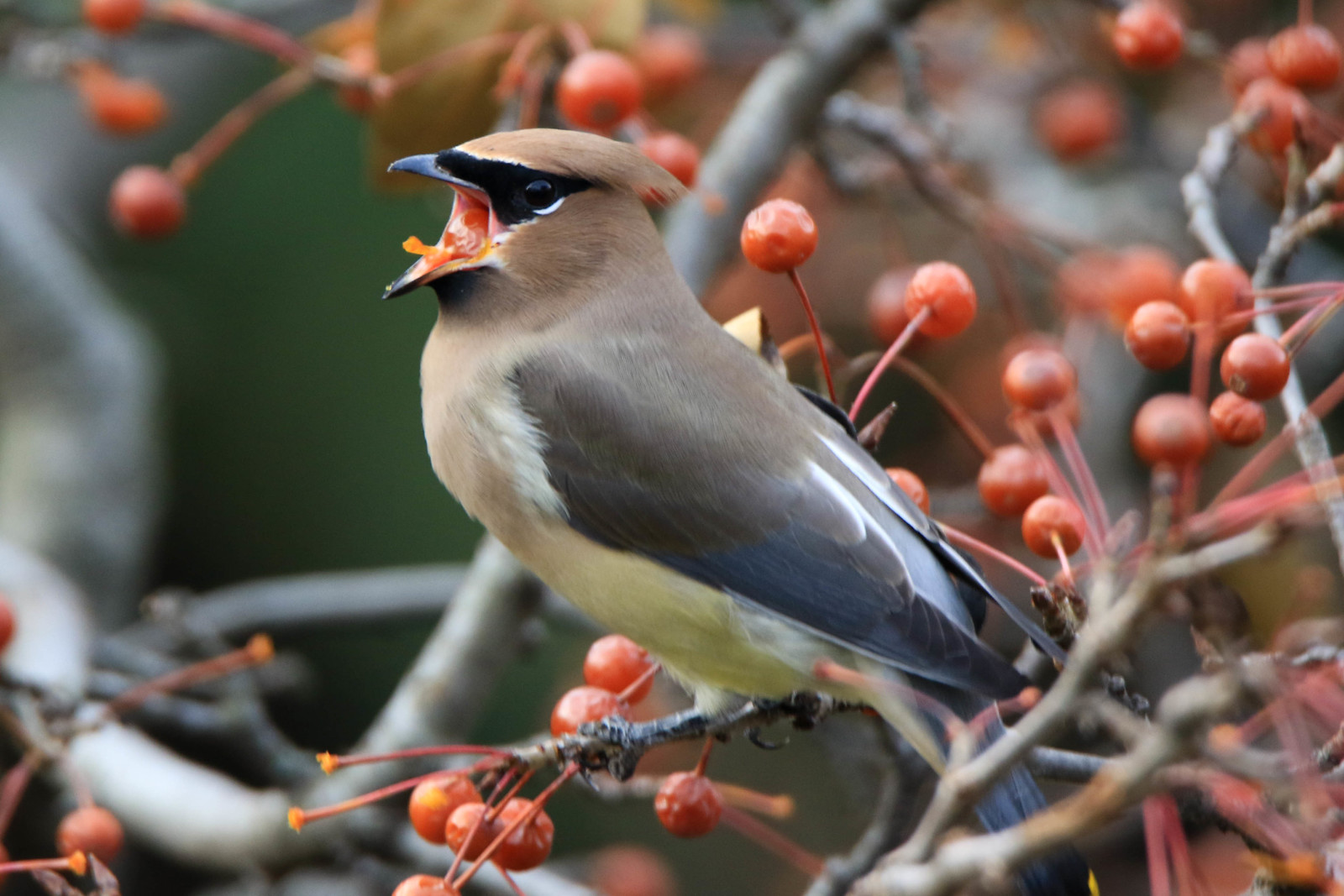
You will also see the common Baltimore Orioles...
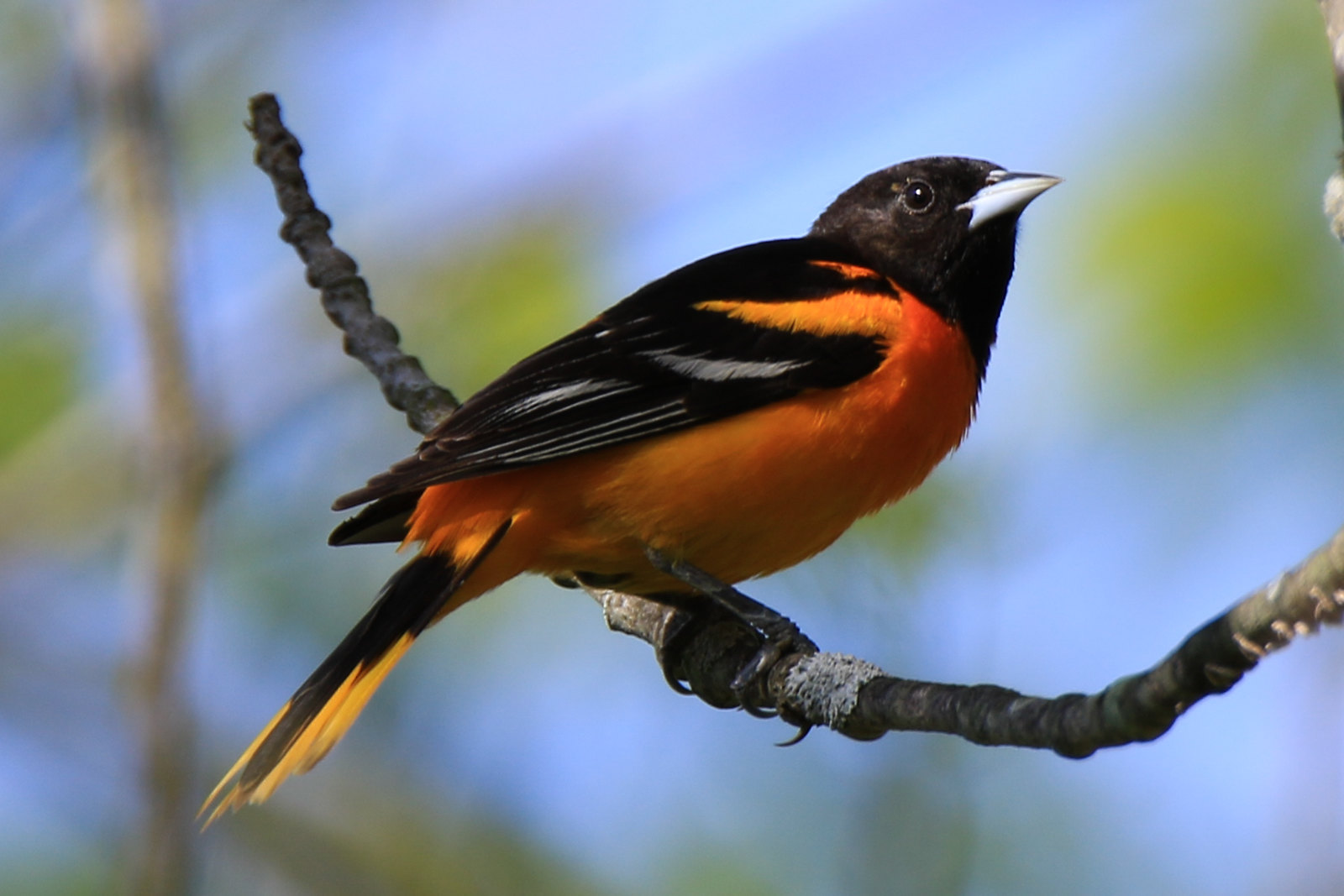
... and the less common Orchard Orioles (this is a female, the males are brick-red):
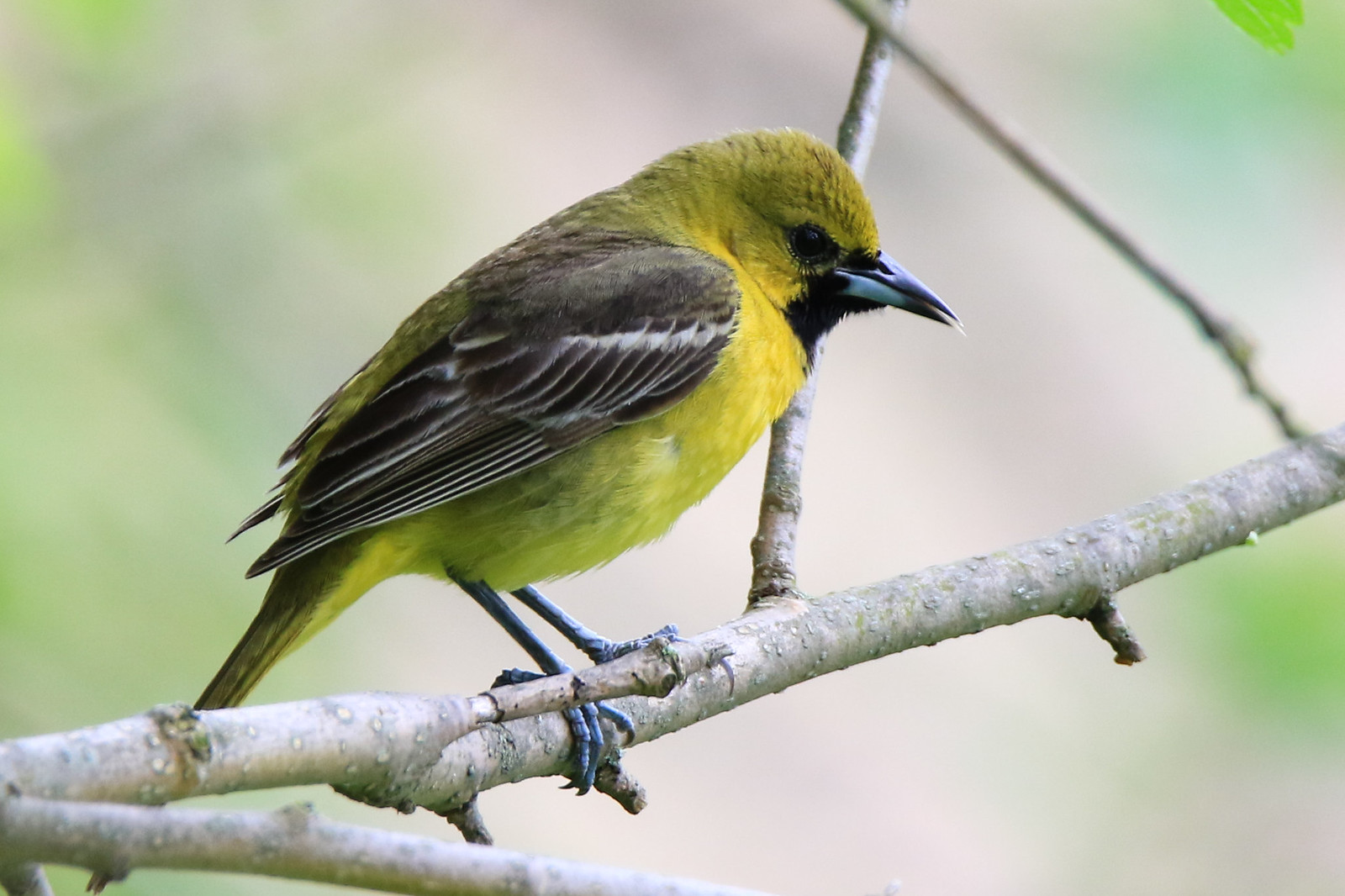
If you live near grasslands, you should start seeing Eastern Meadowlarks in early May:
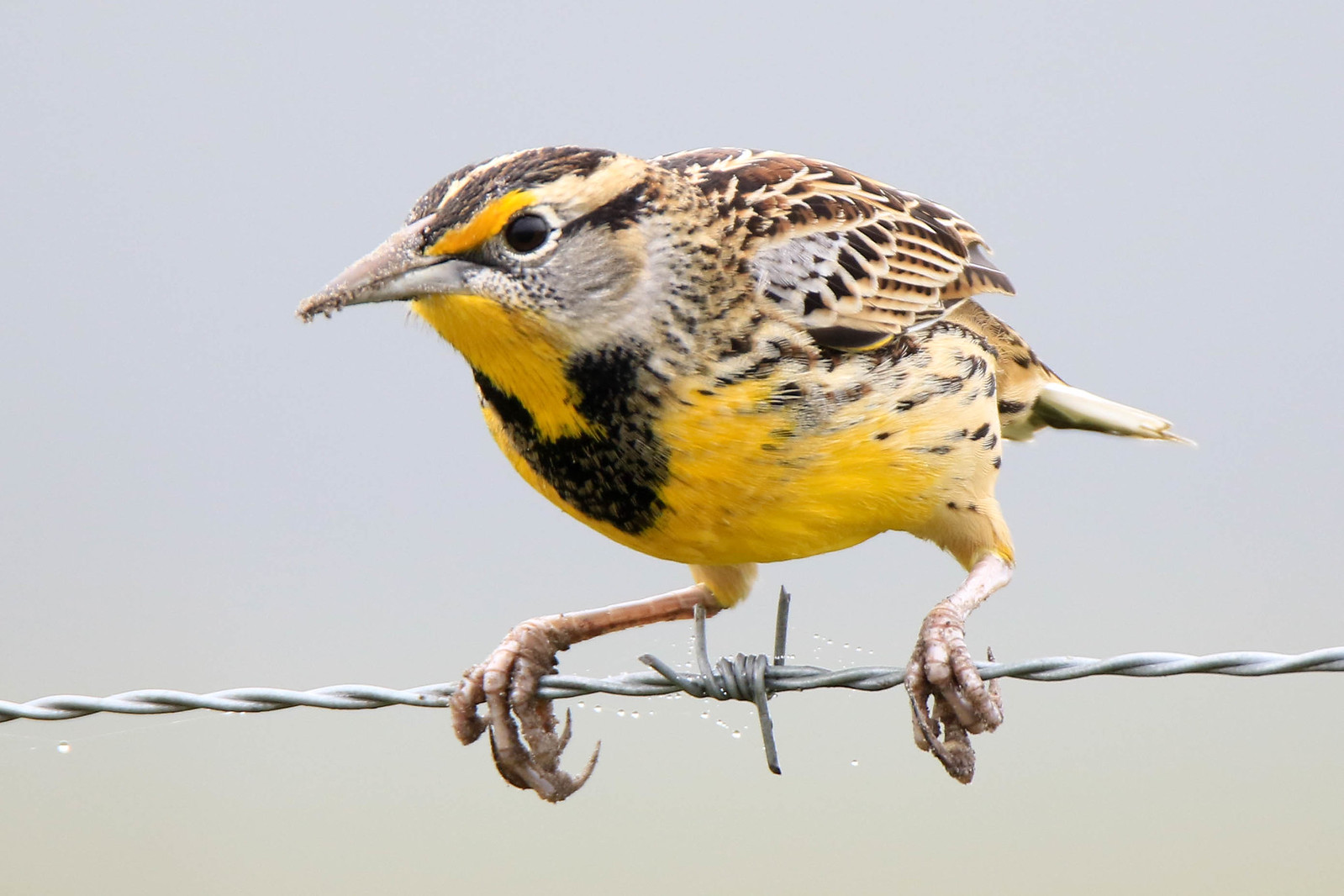
Mid-May is the peak of the spring migration, and we will get an explosion of colorful warblers. You can see more than 20 species in one day, including these Blackburnian Warblers:
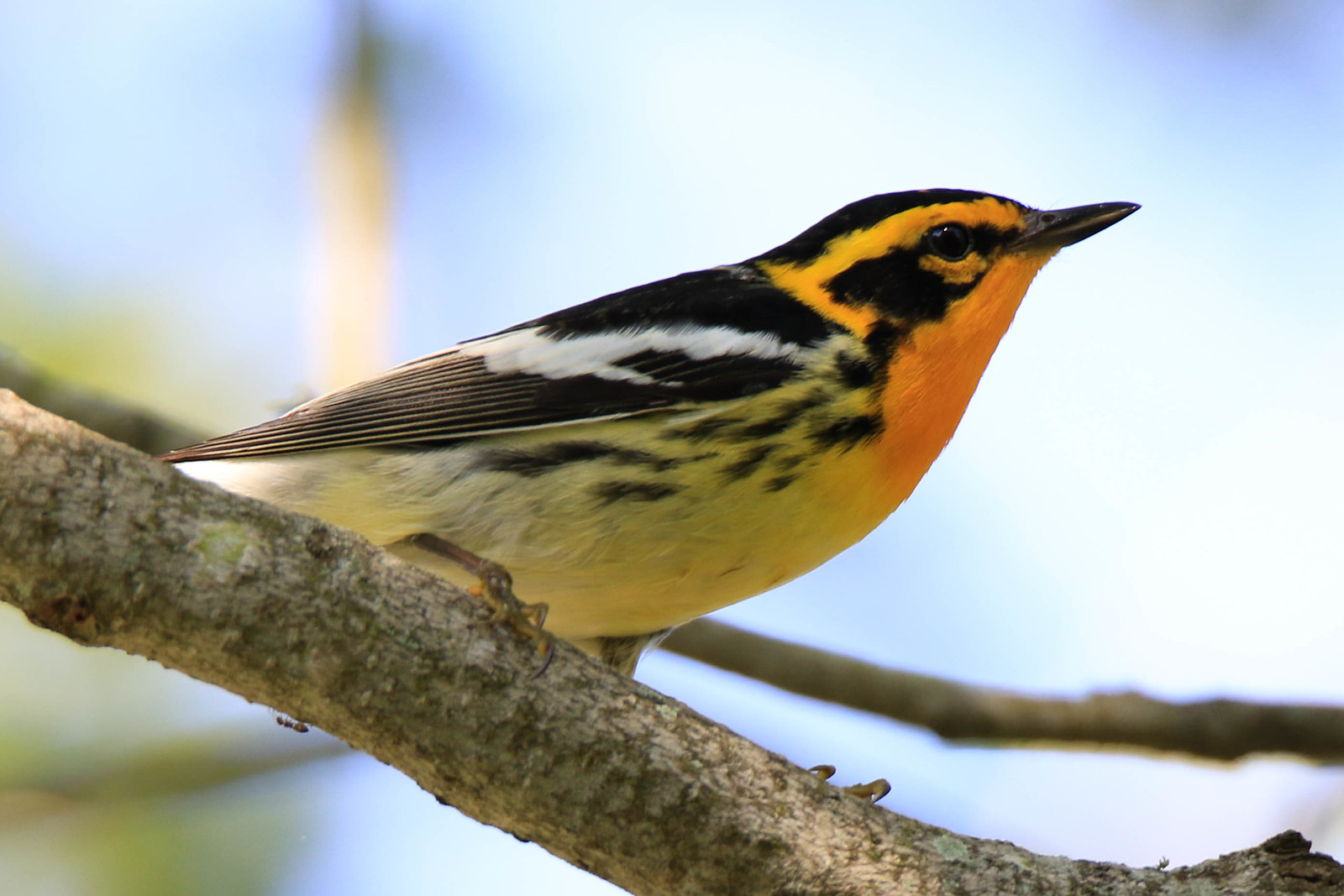
Black-throated Blue Warblers:
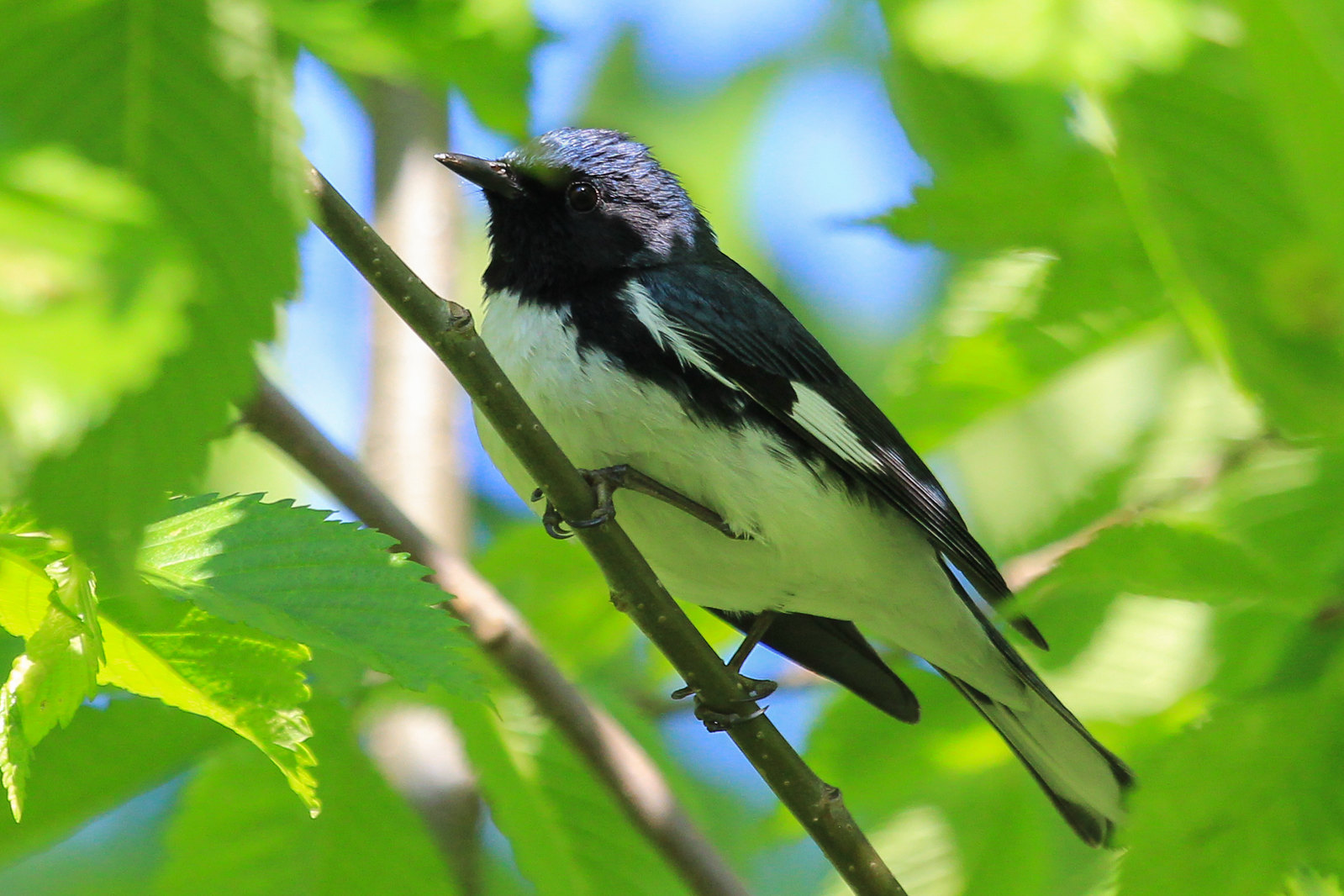
and Wilson's Warblers:
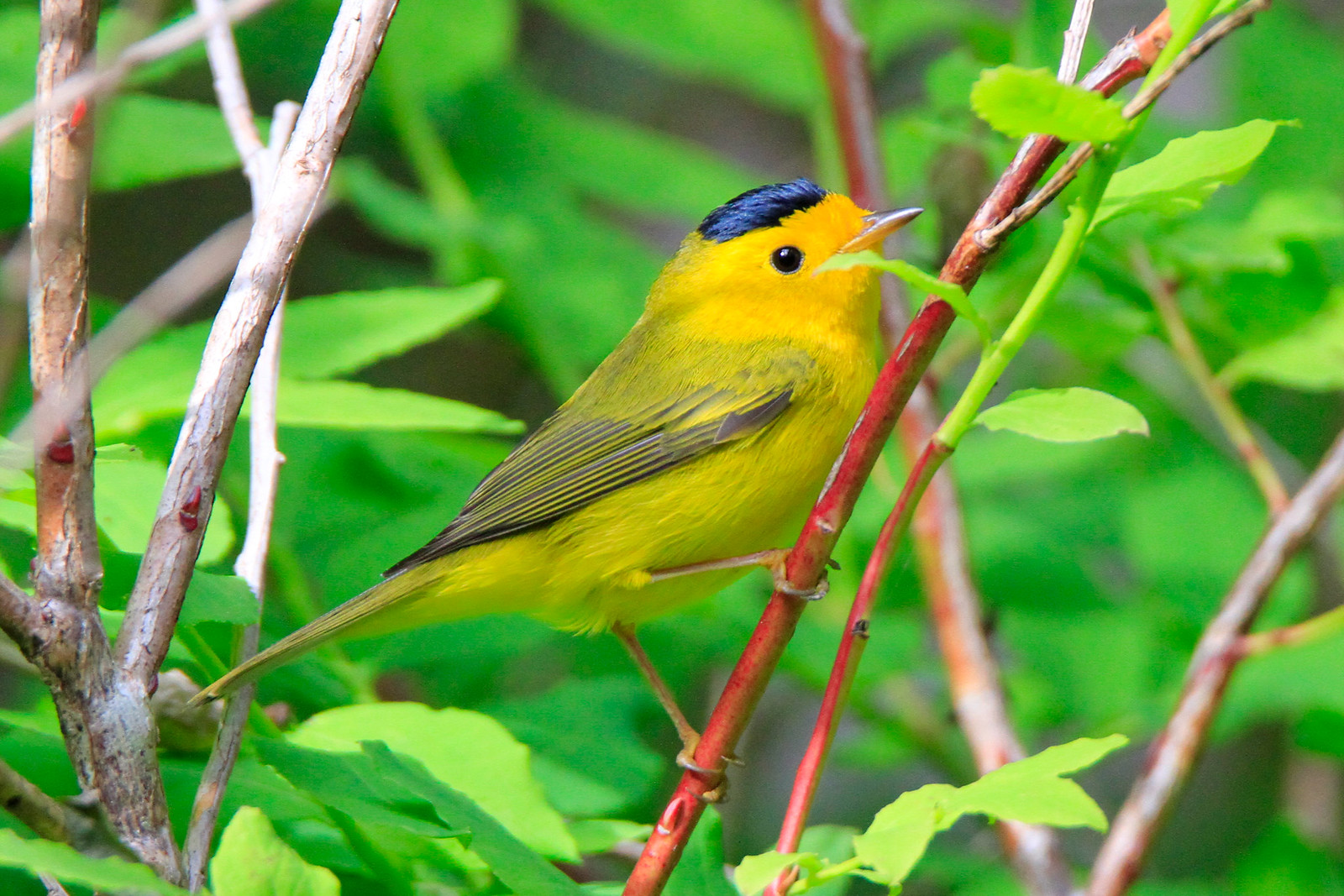
In addition to other tropically-colored songbirds, such as this Scarlet Tanager:
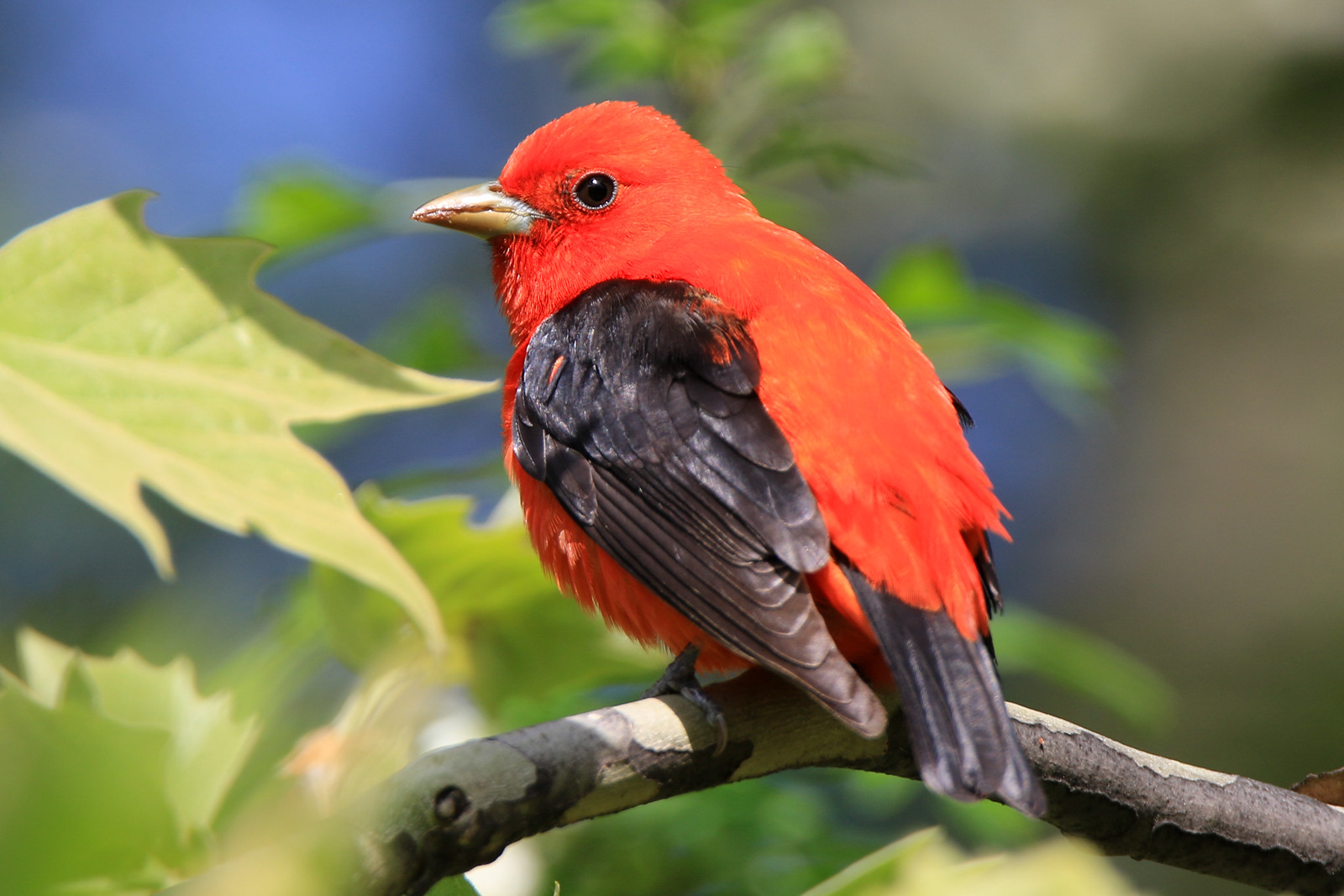
I'd like to close this post with a commonly ignored bird that would be a tourist magnet if it were more local and rare: the Northern Cardinal. It is exceptionally beautiful, and easy to see in our area year-round. So find your binoculars, and go out there (and stay 6 feet away from other birdwatchers!)
